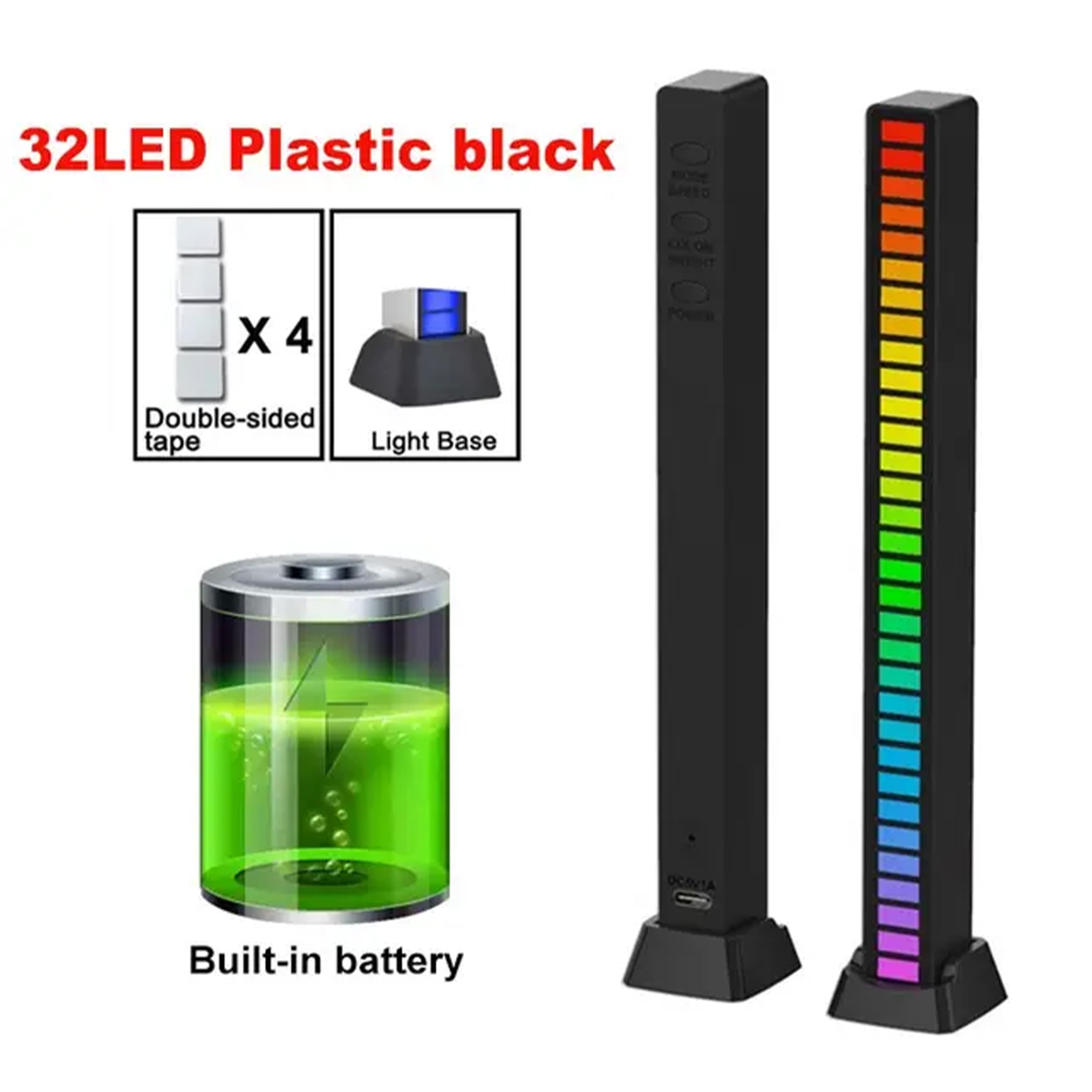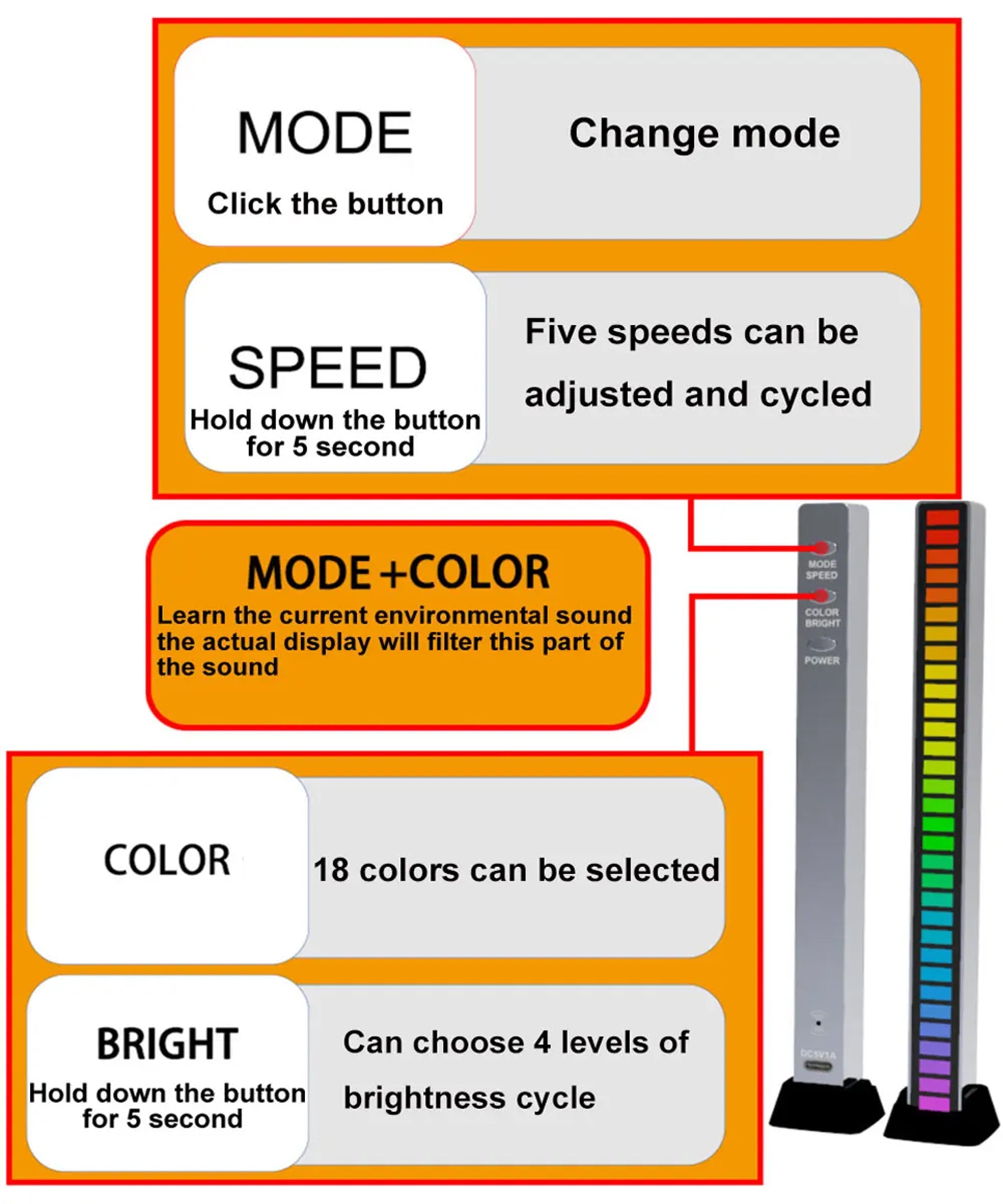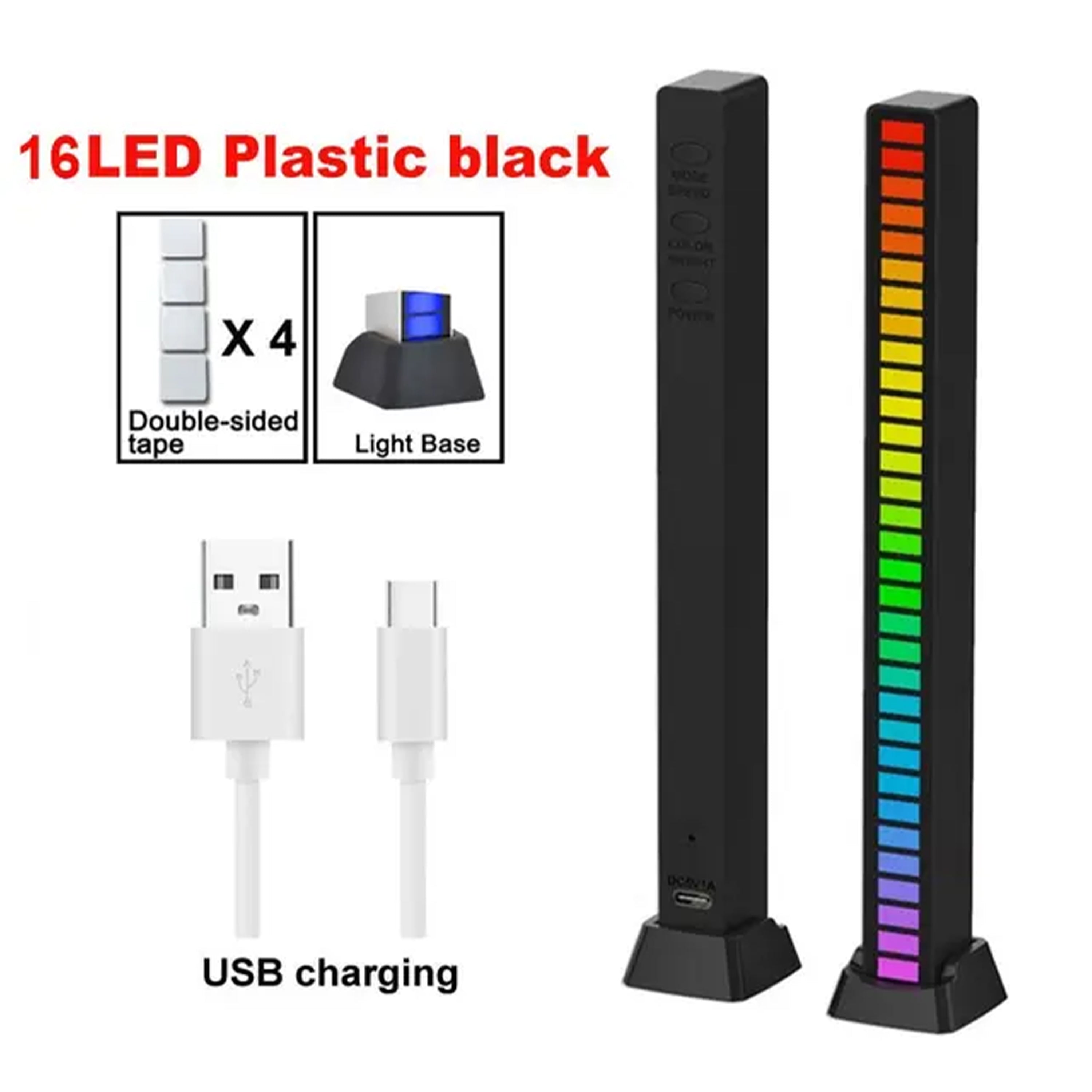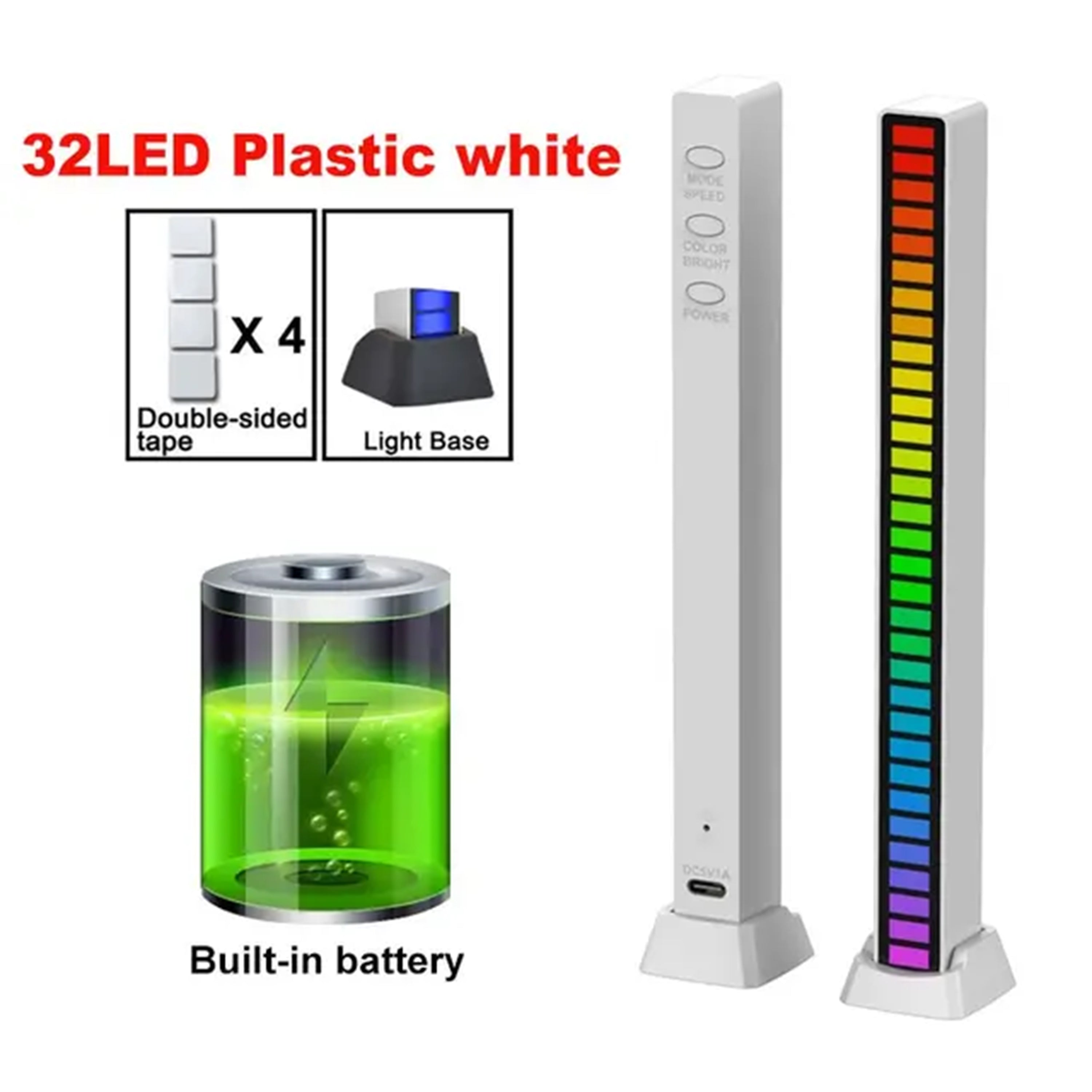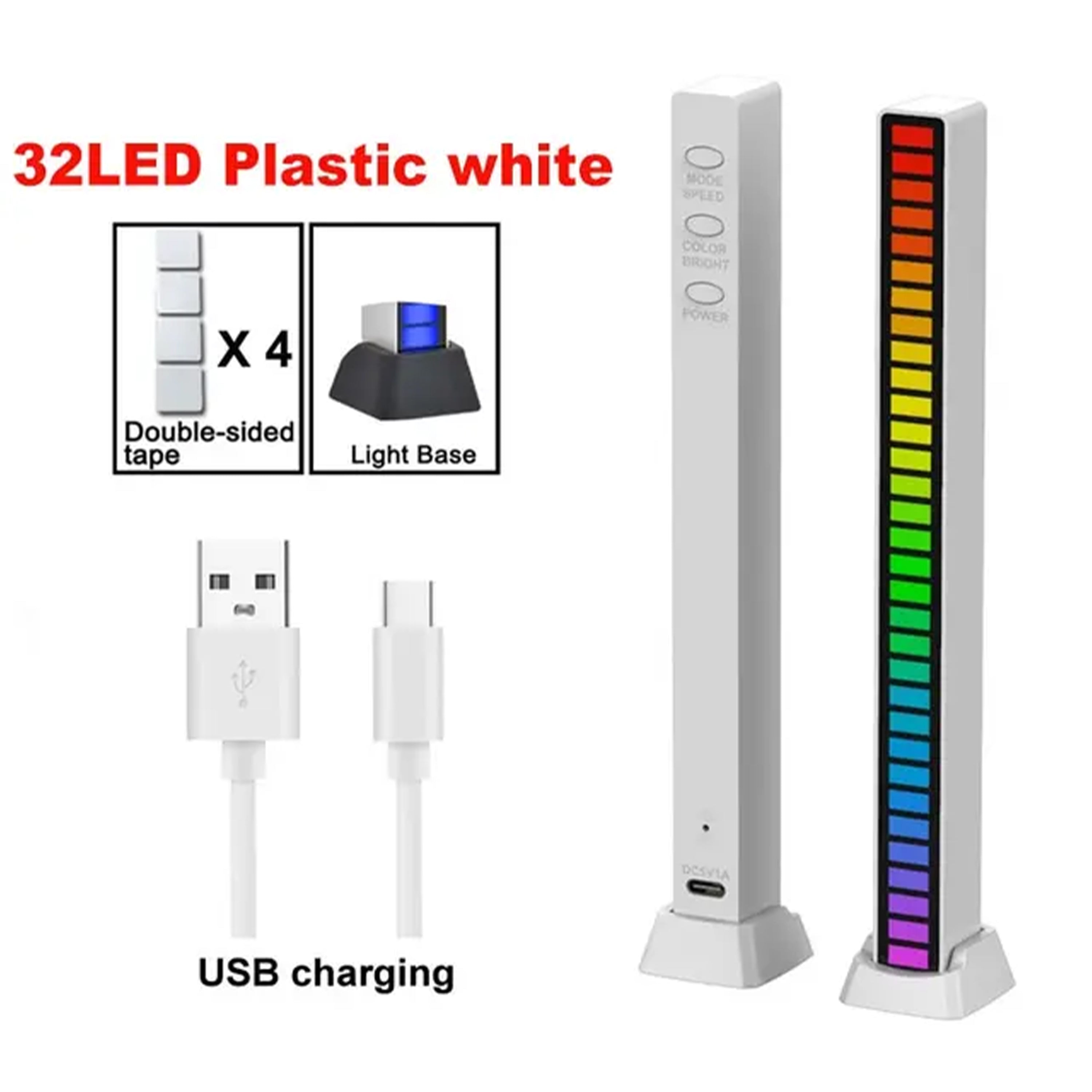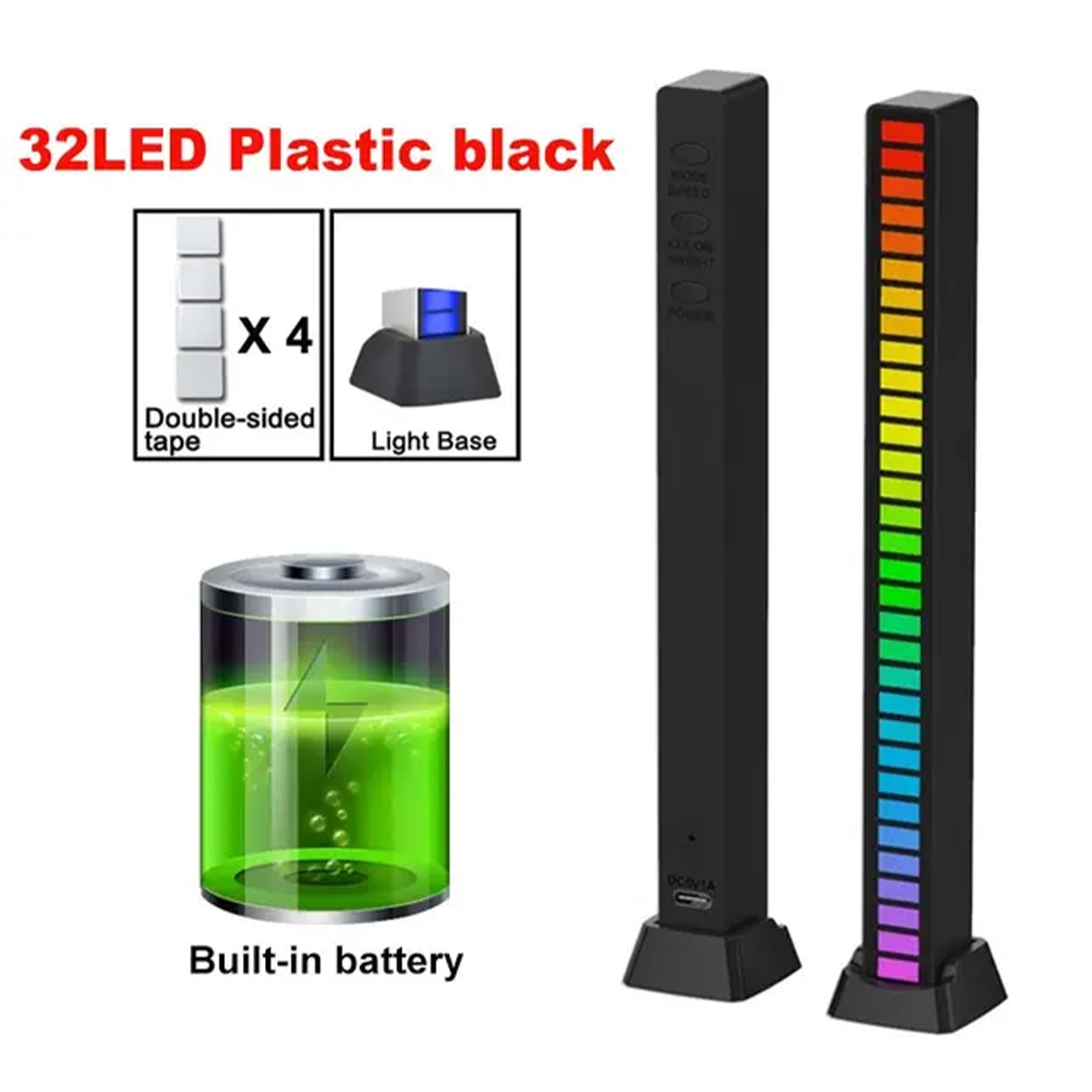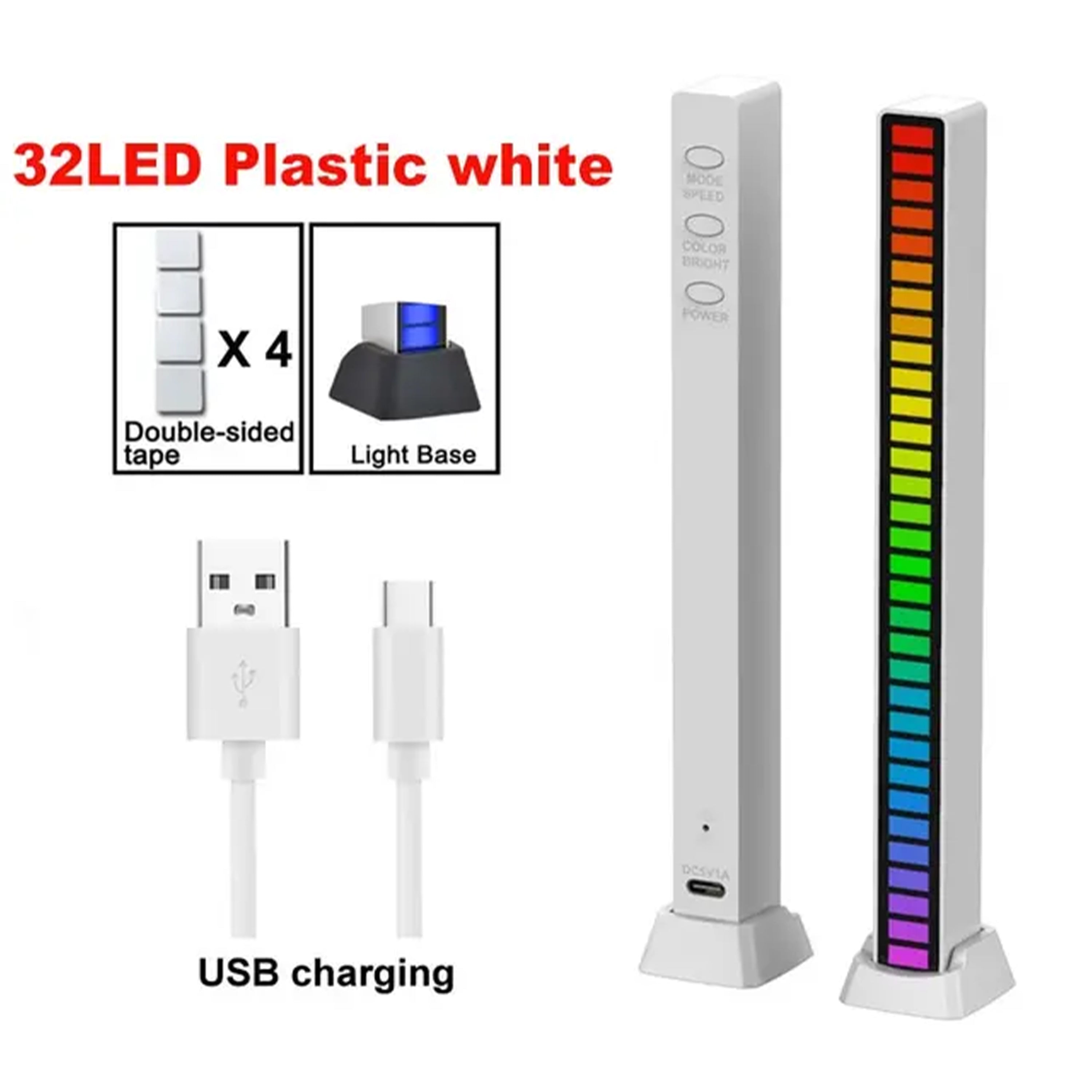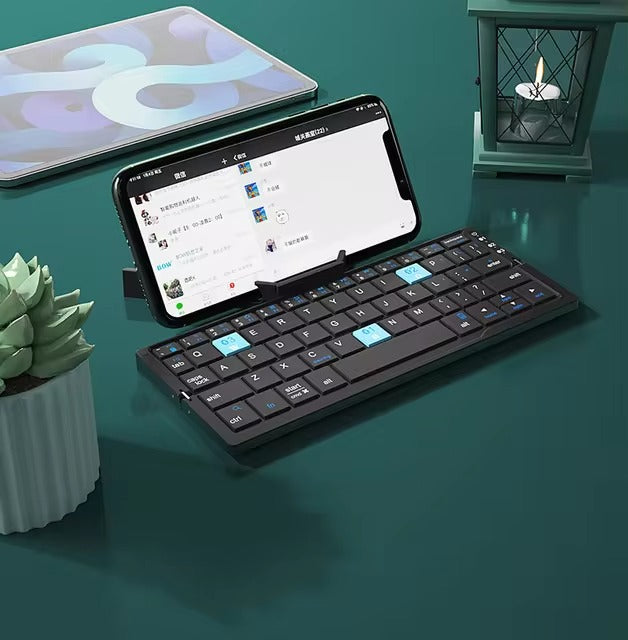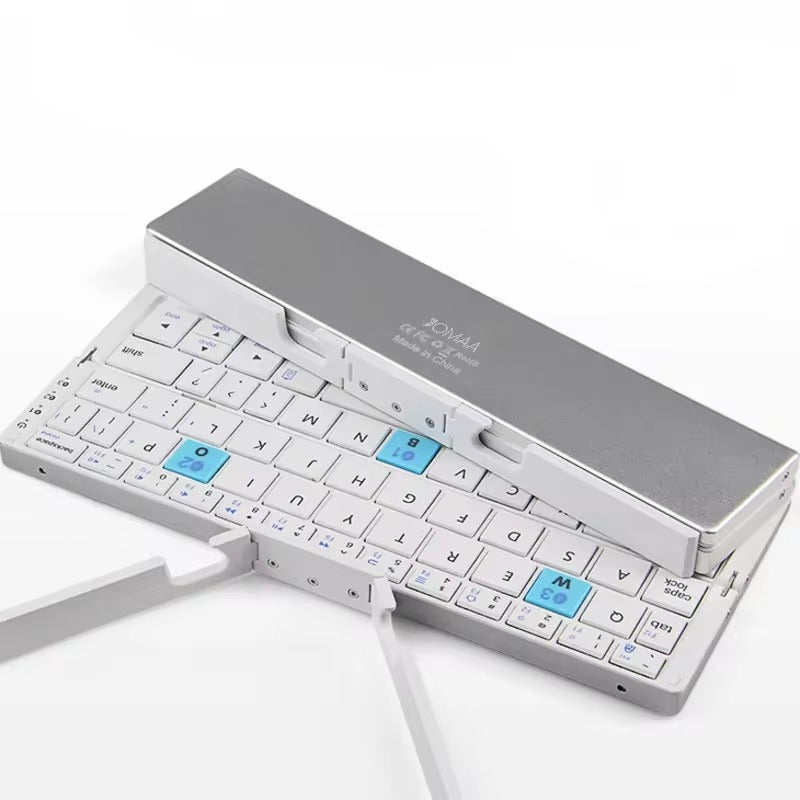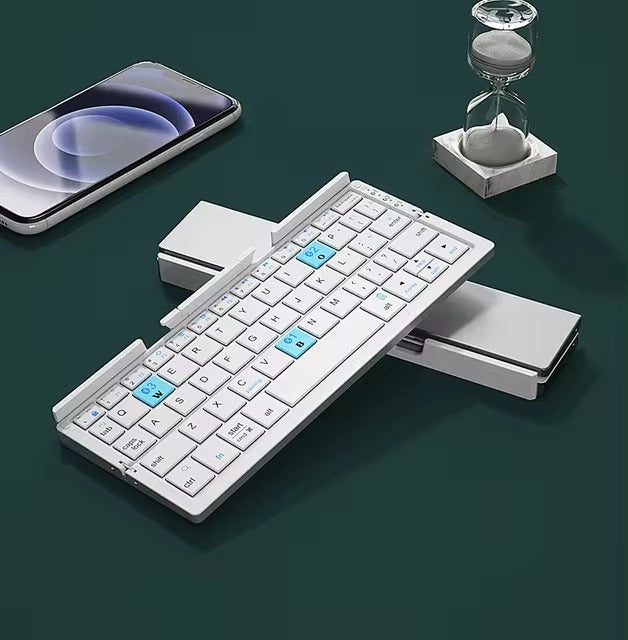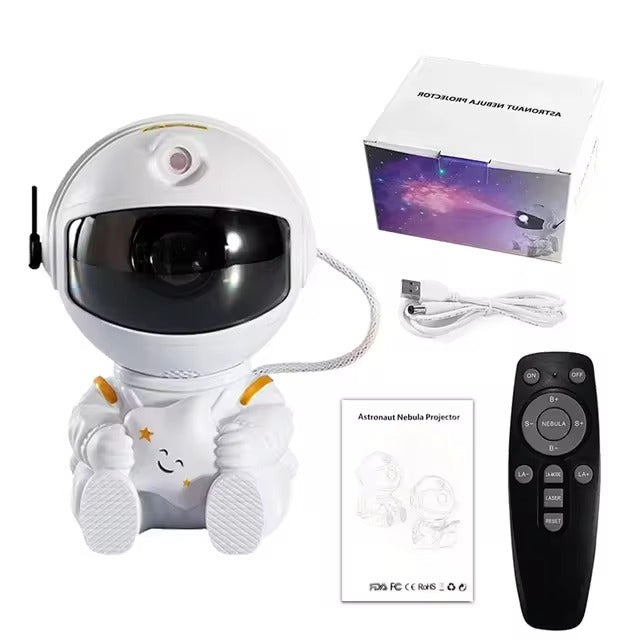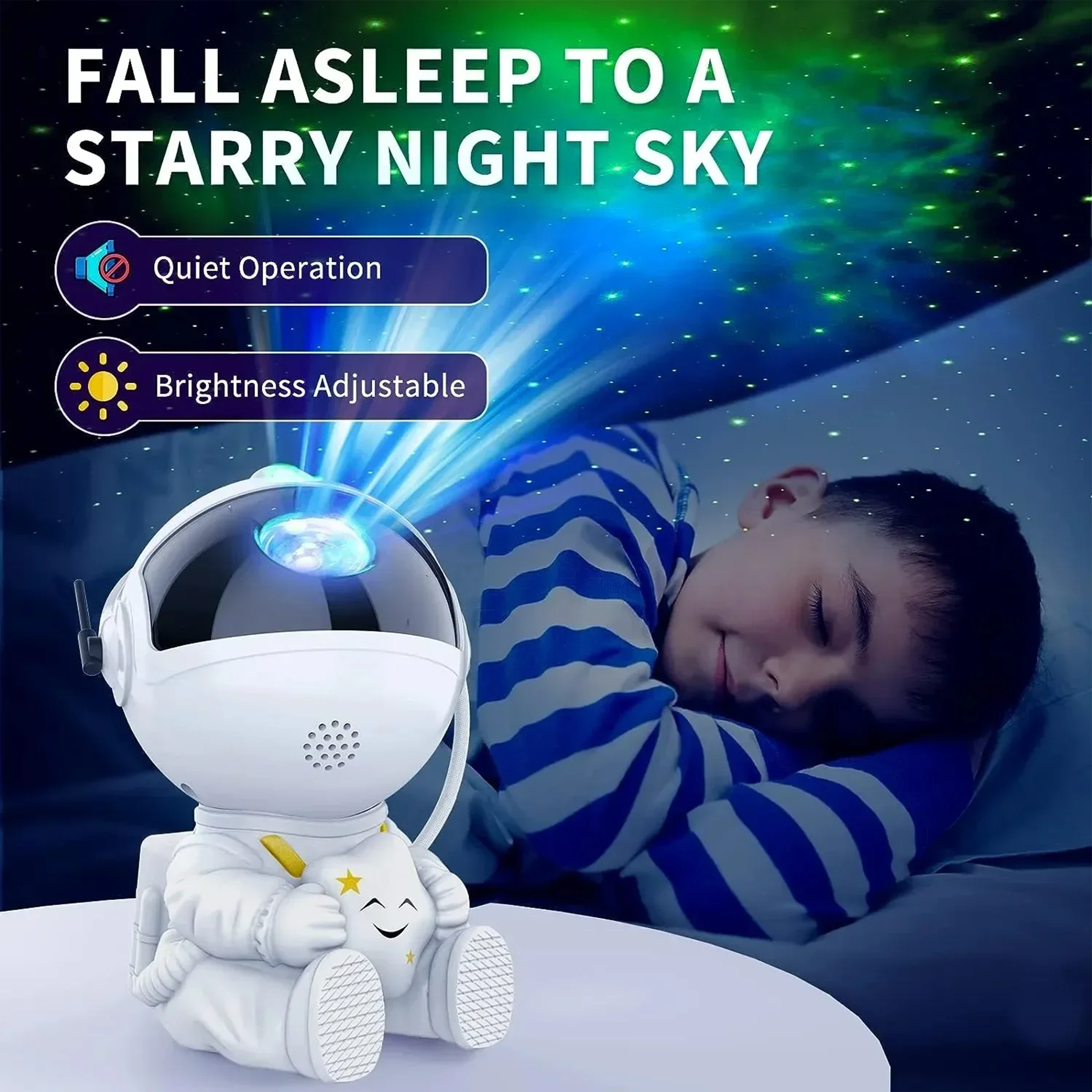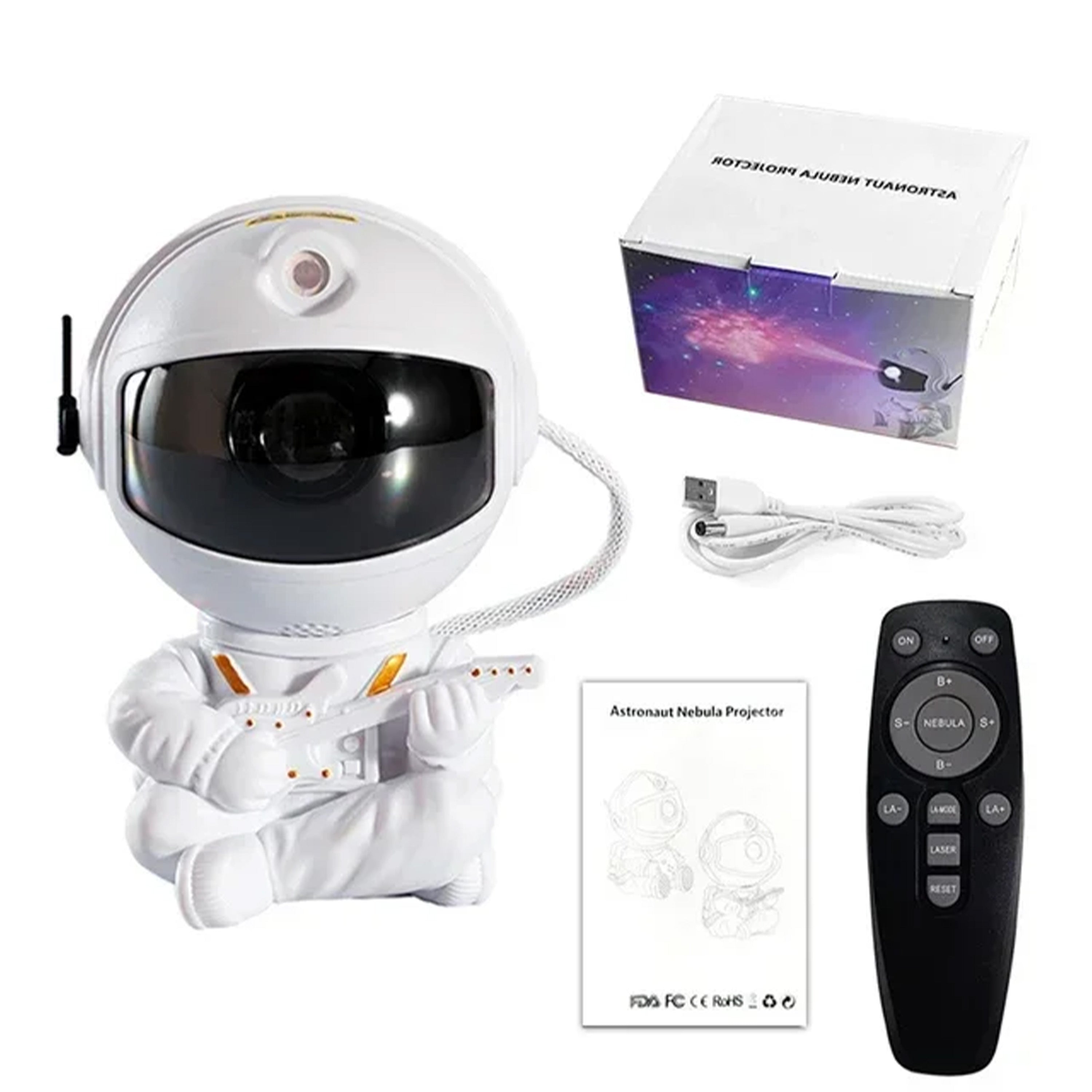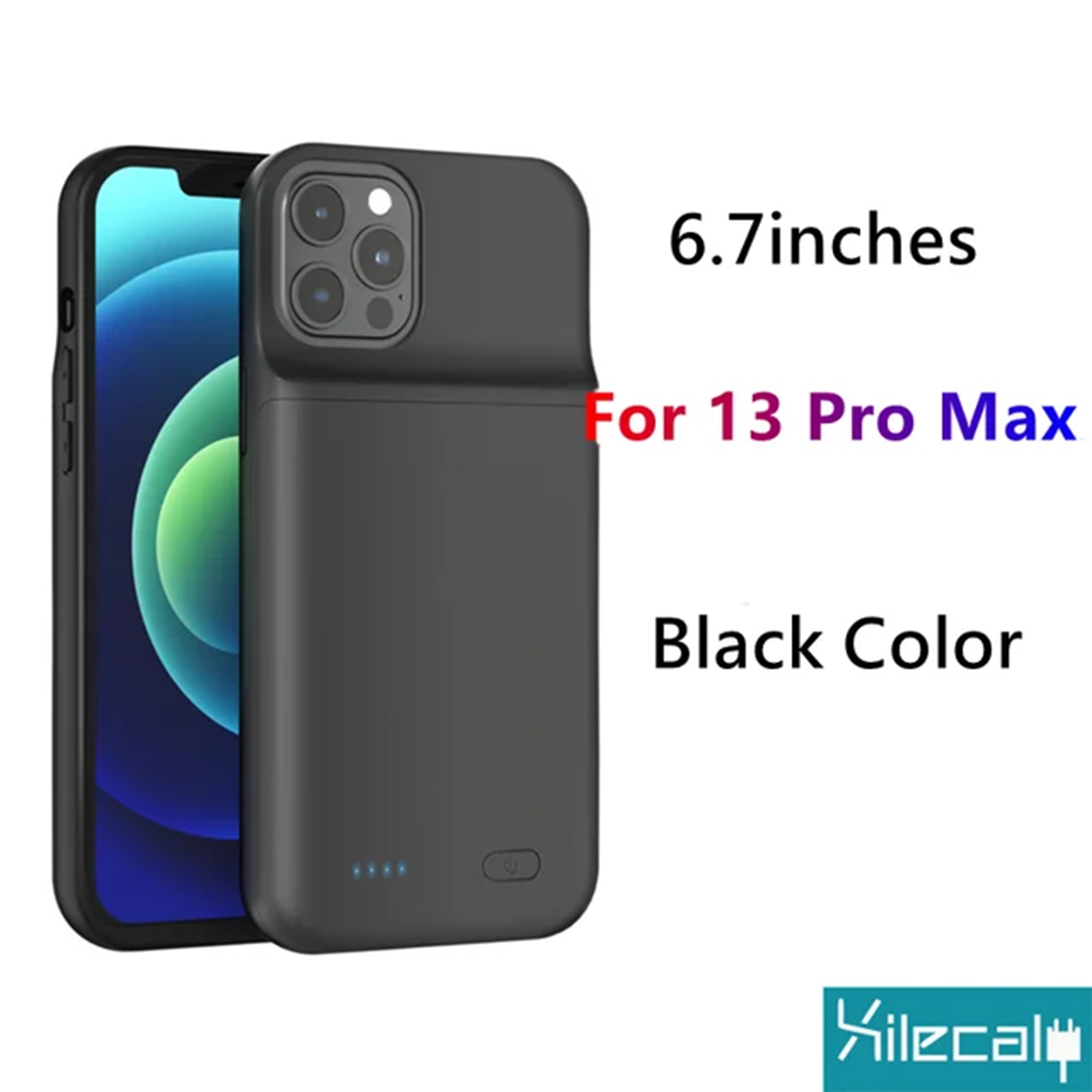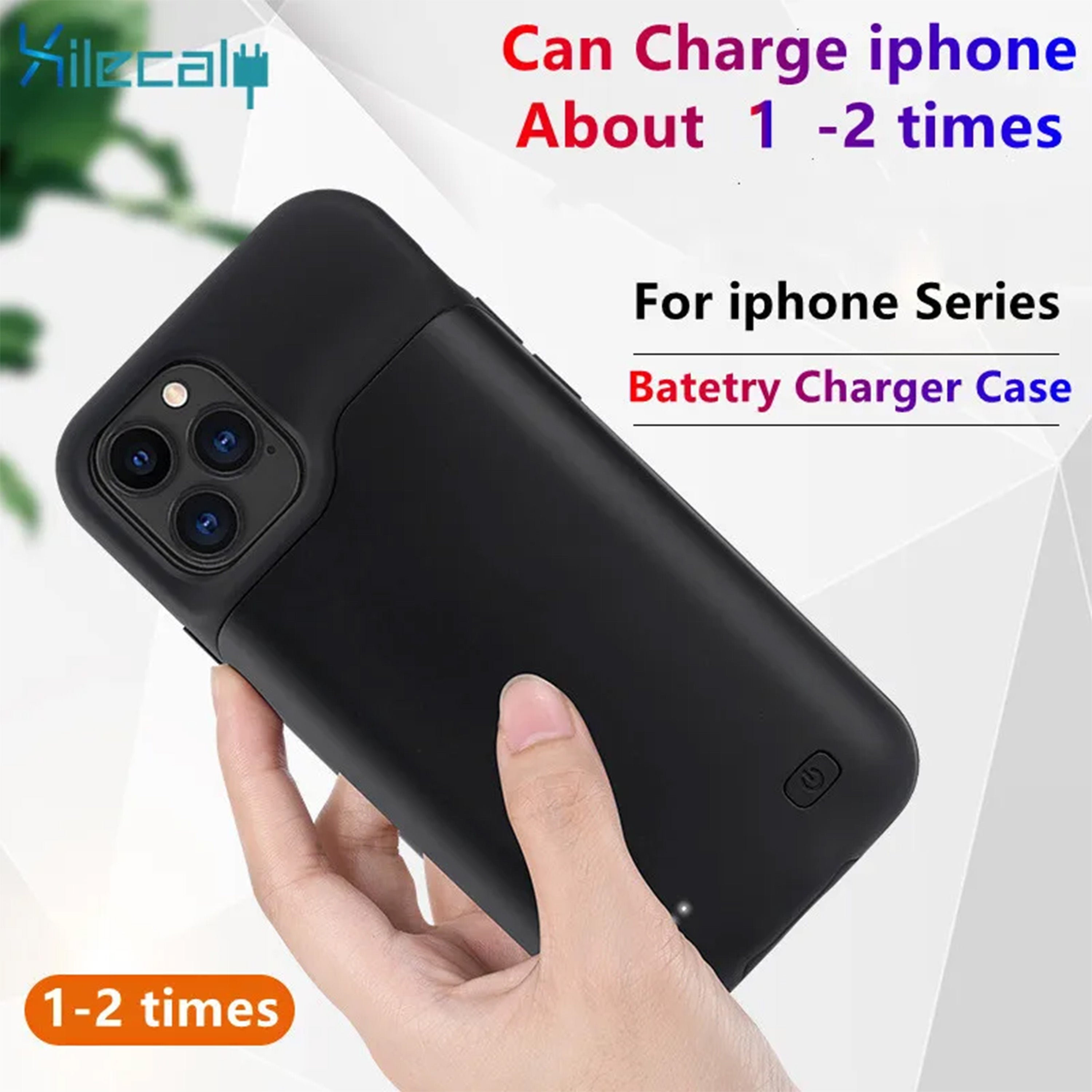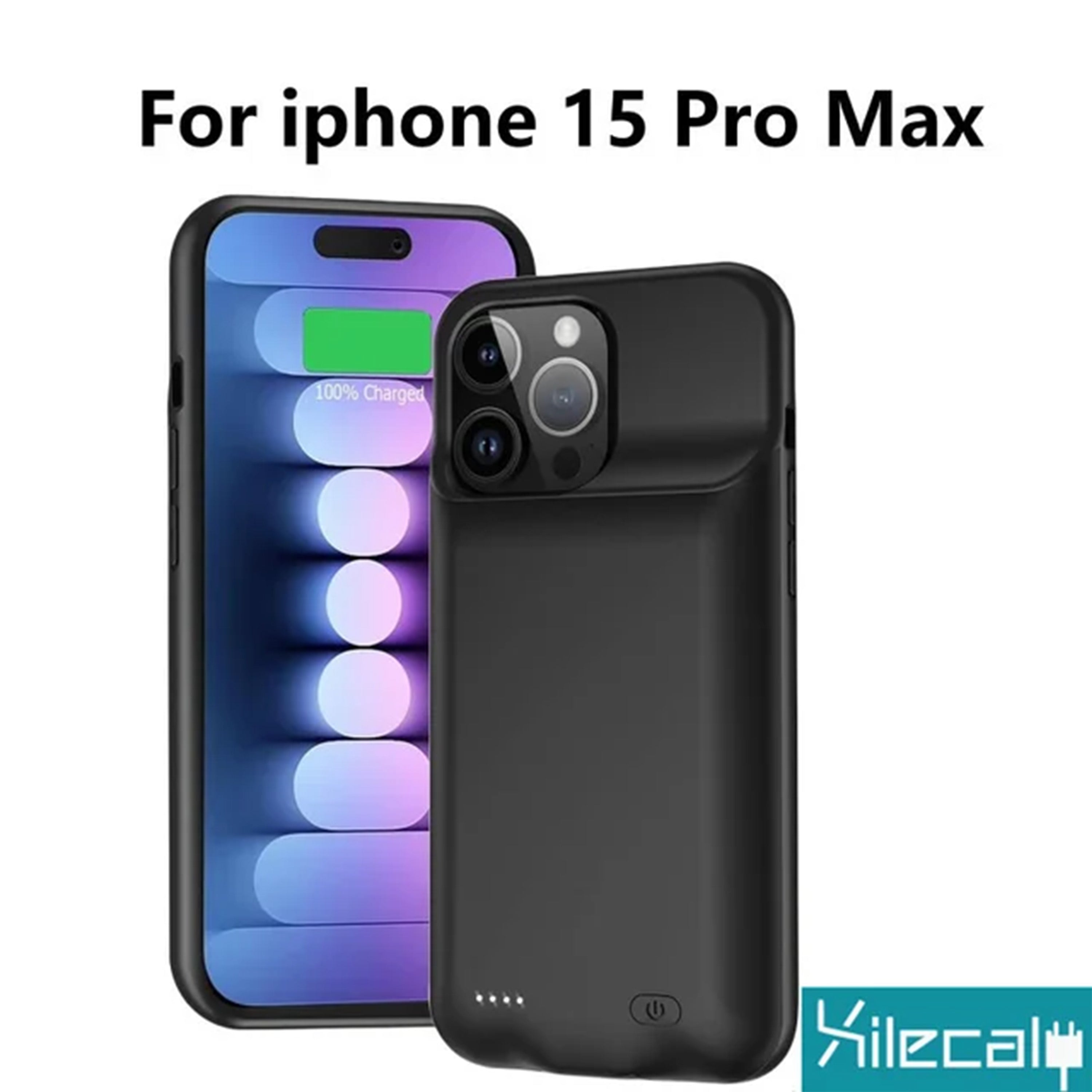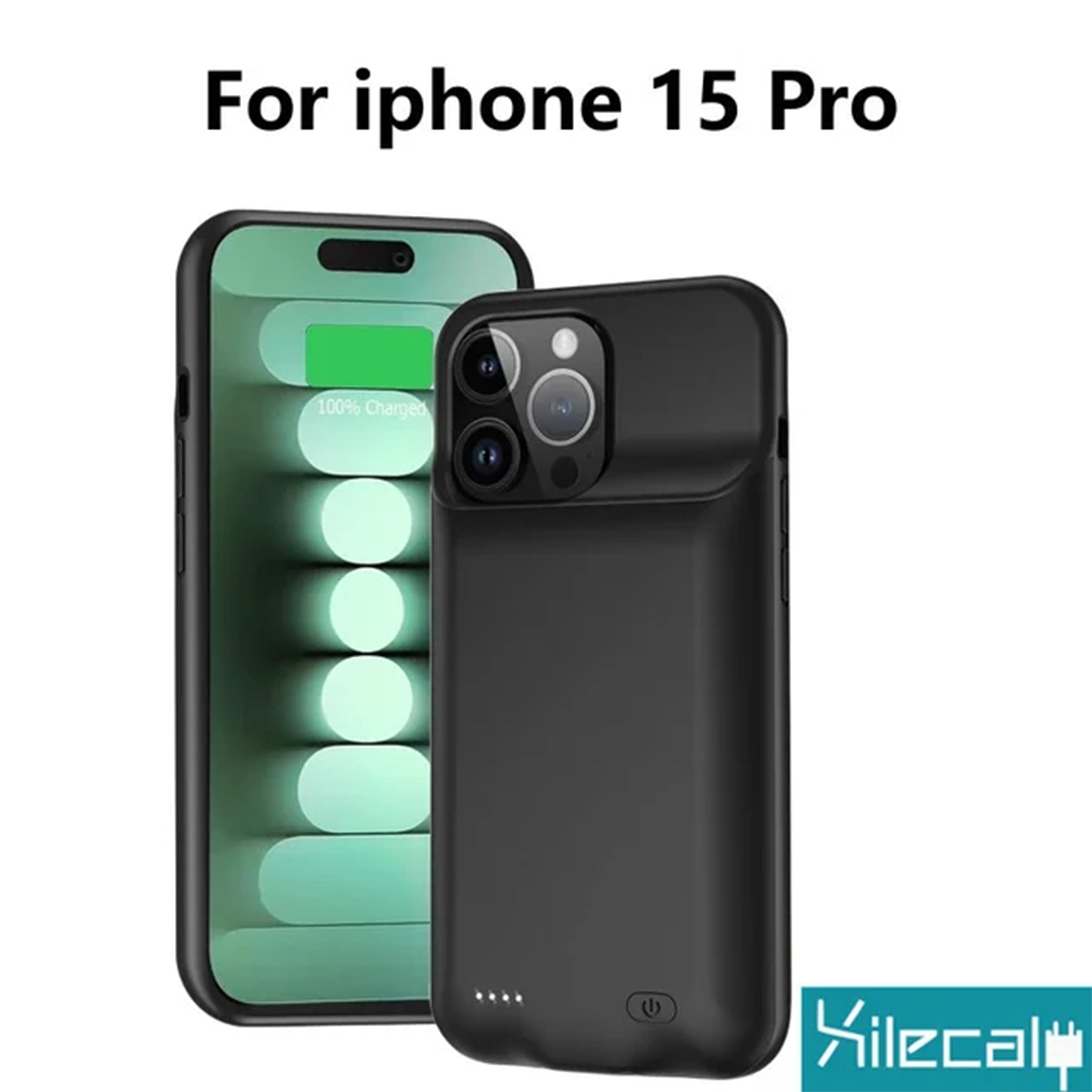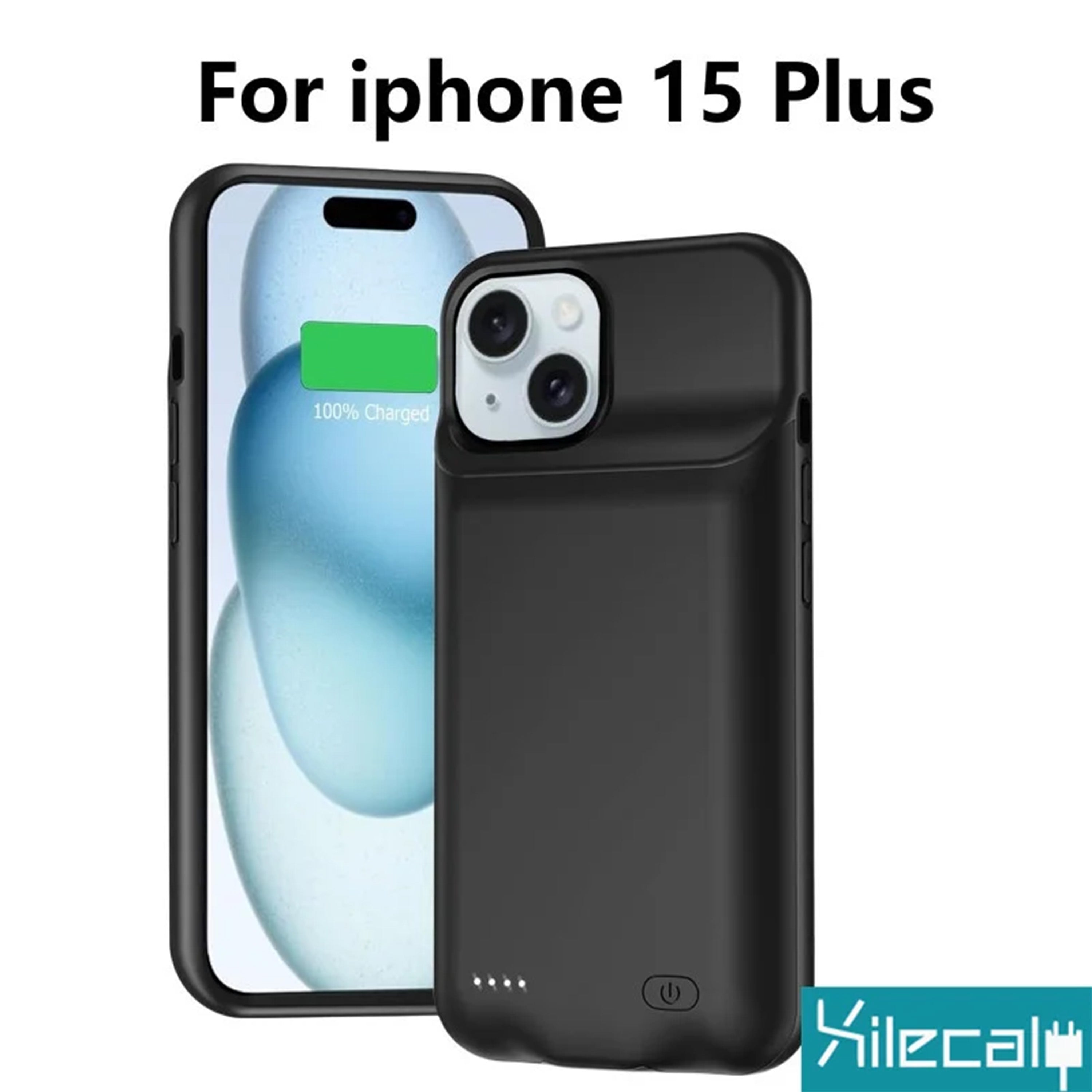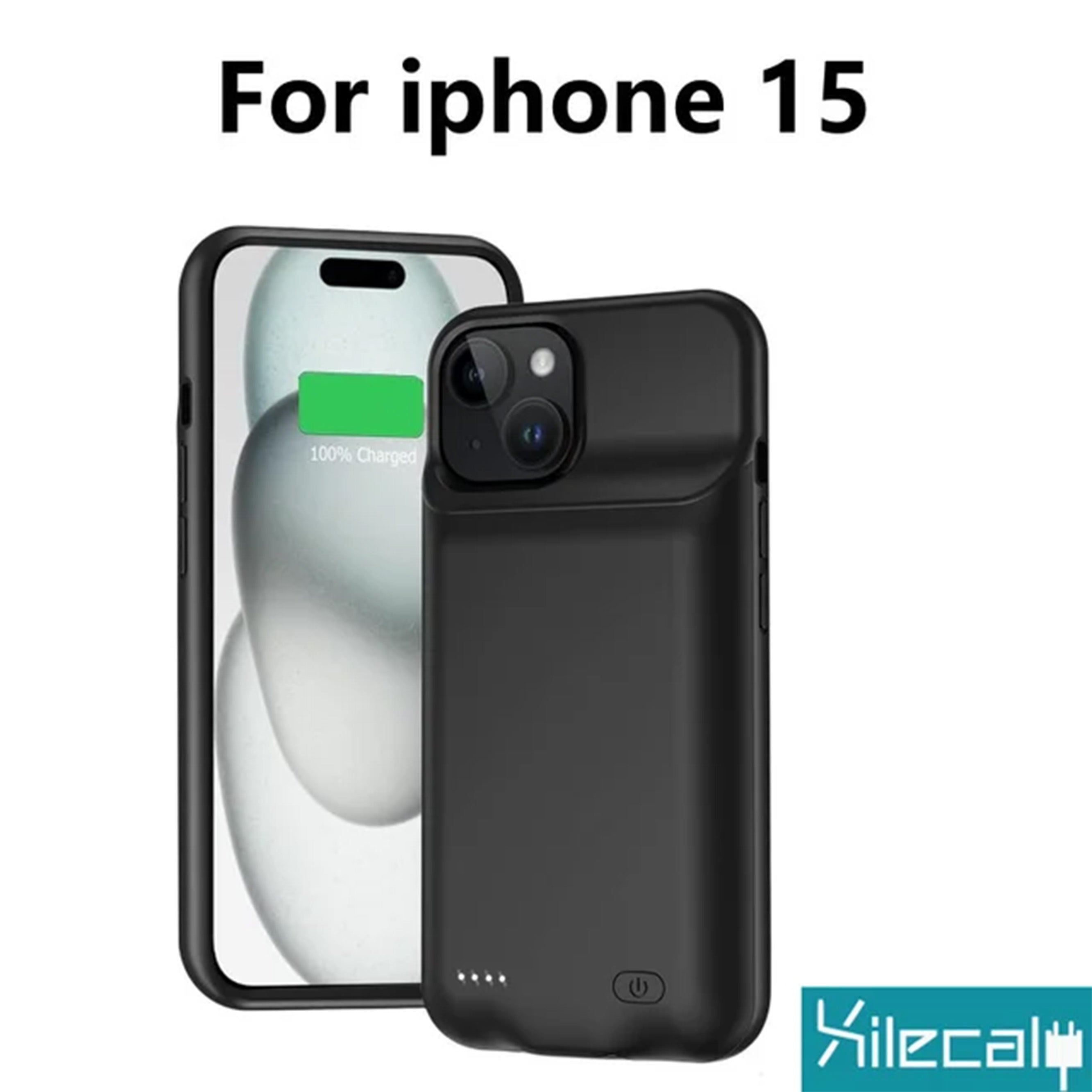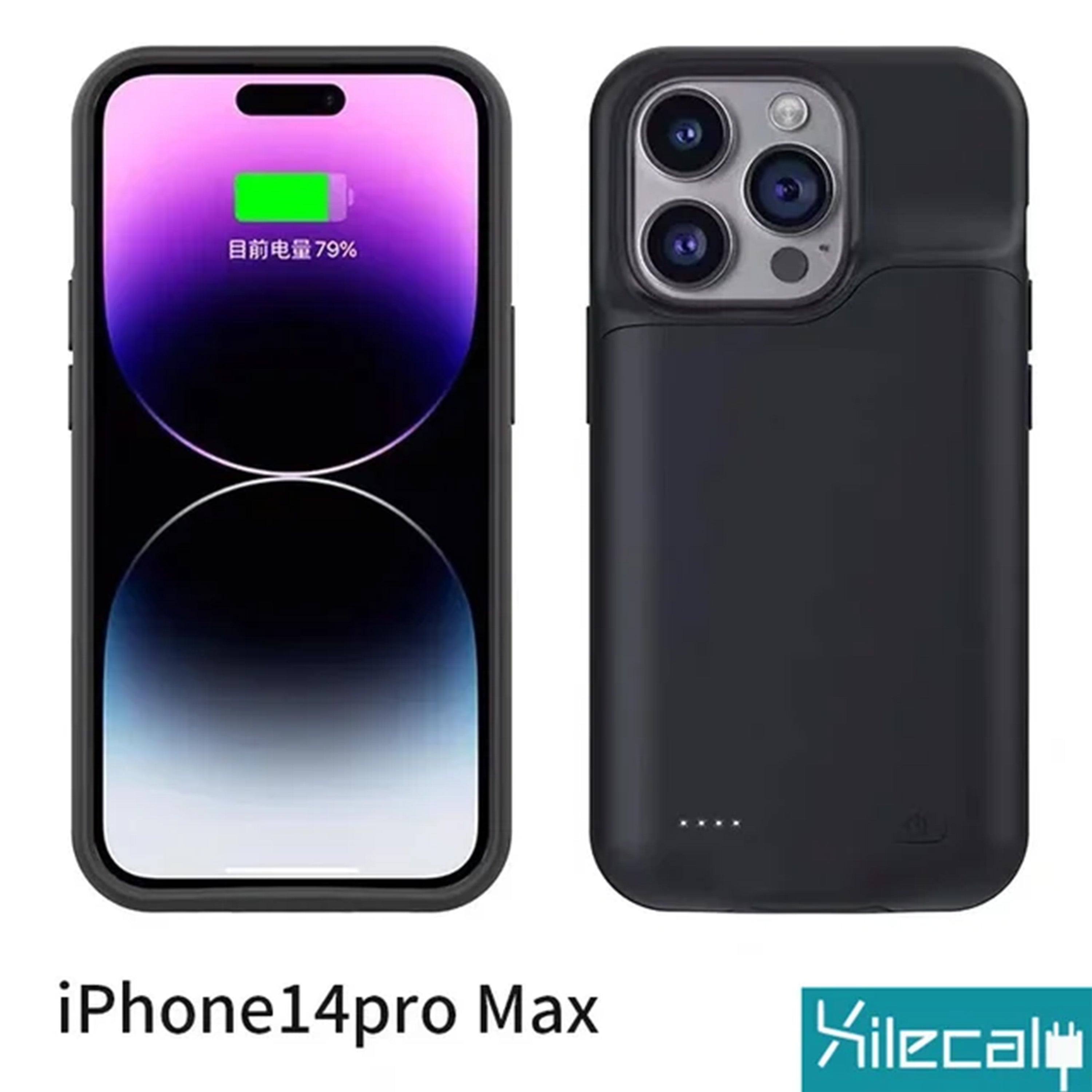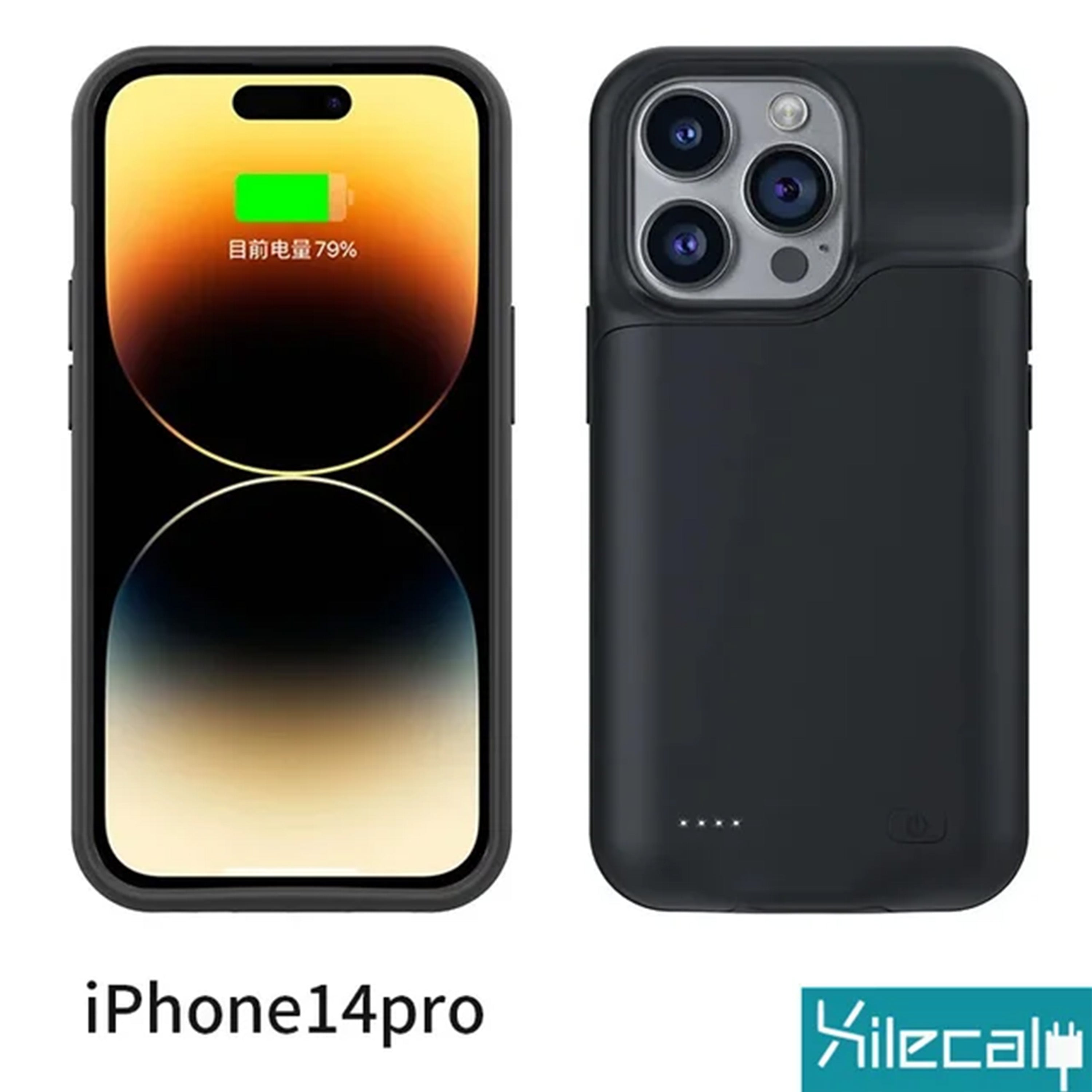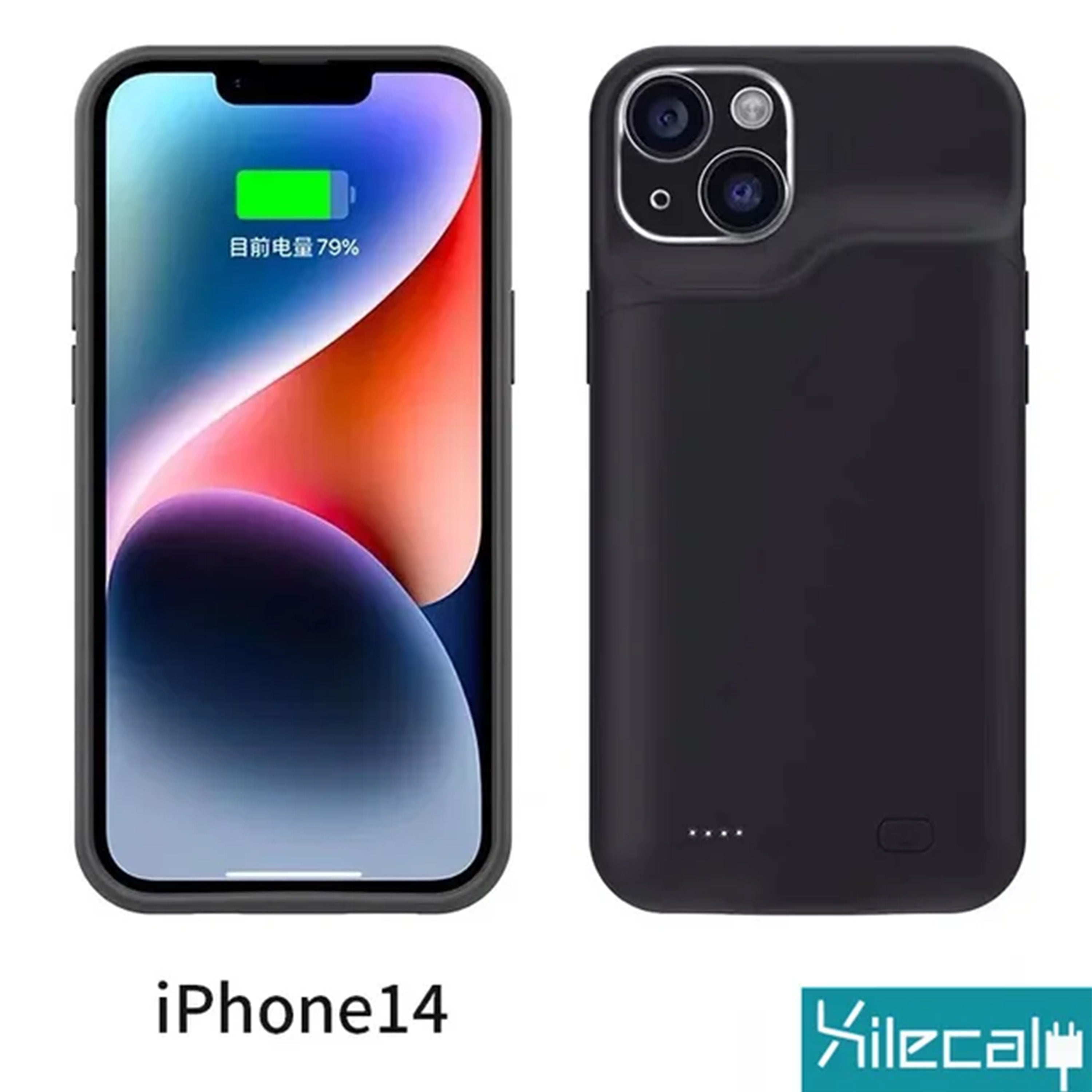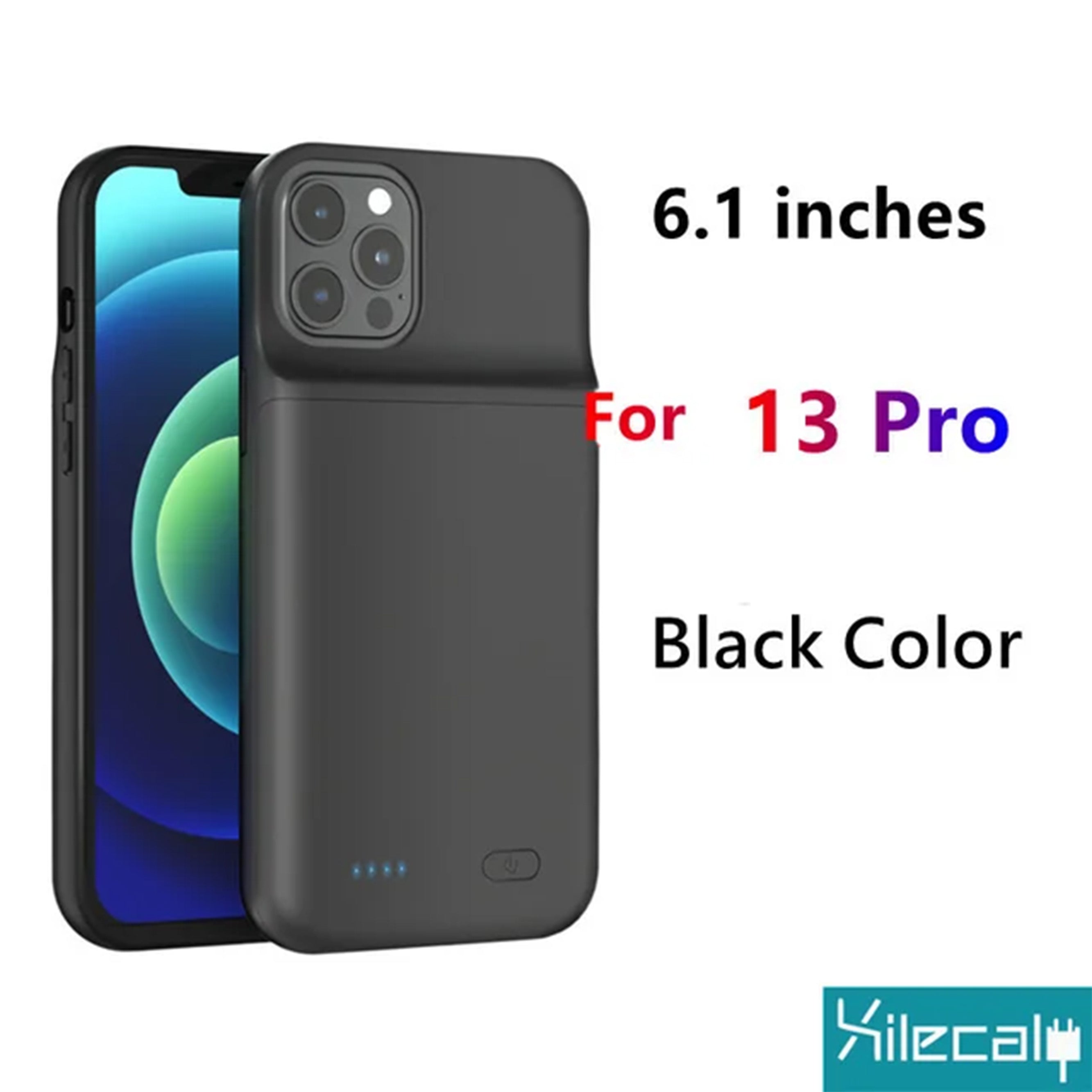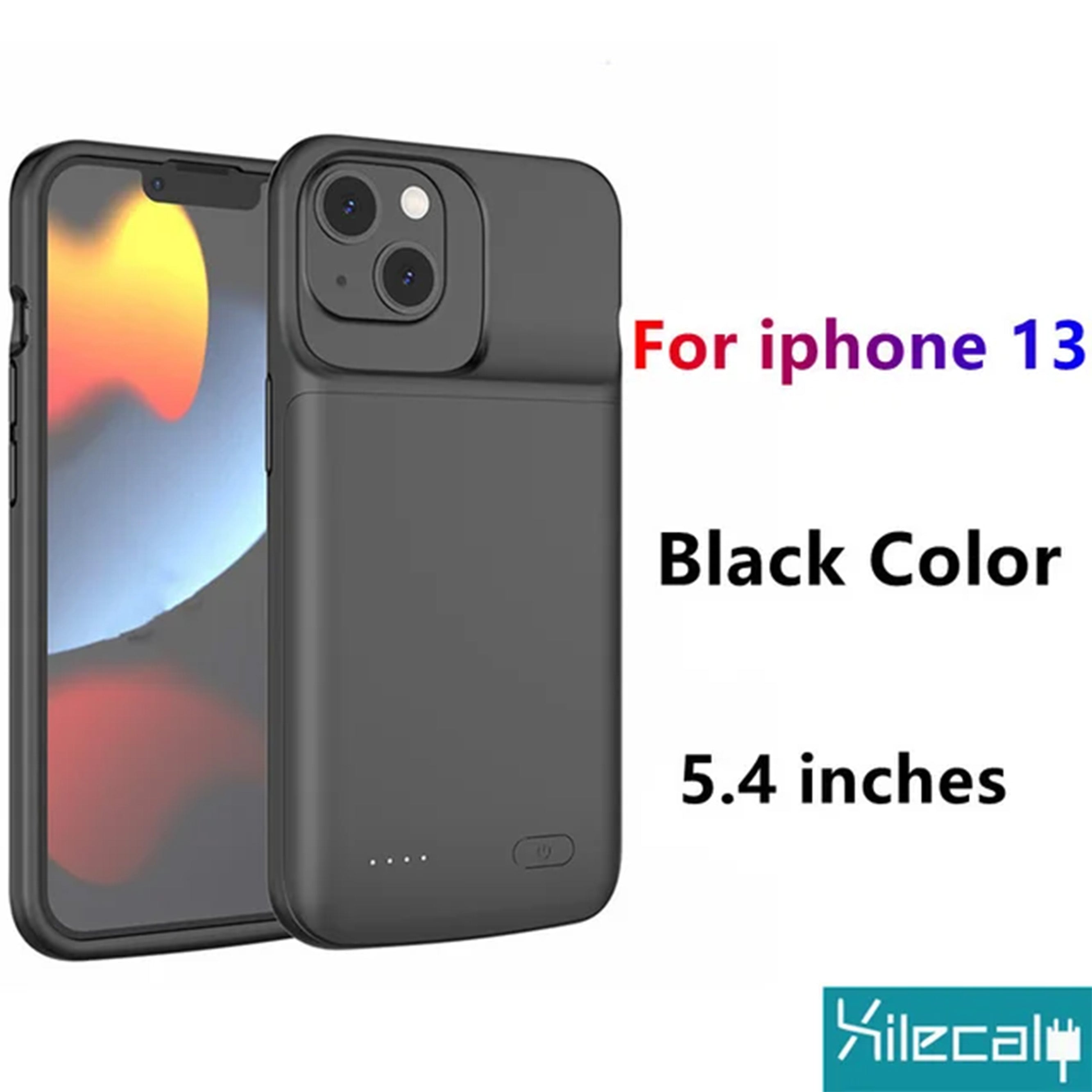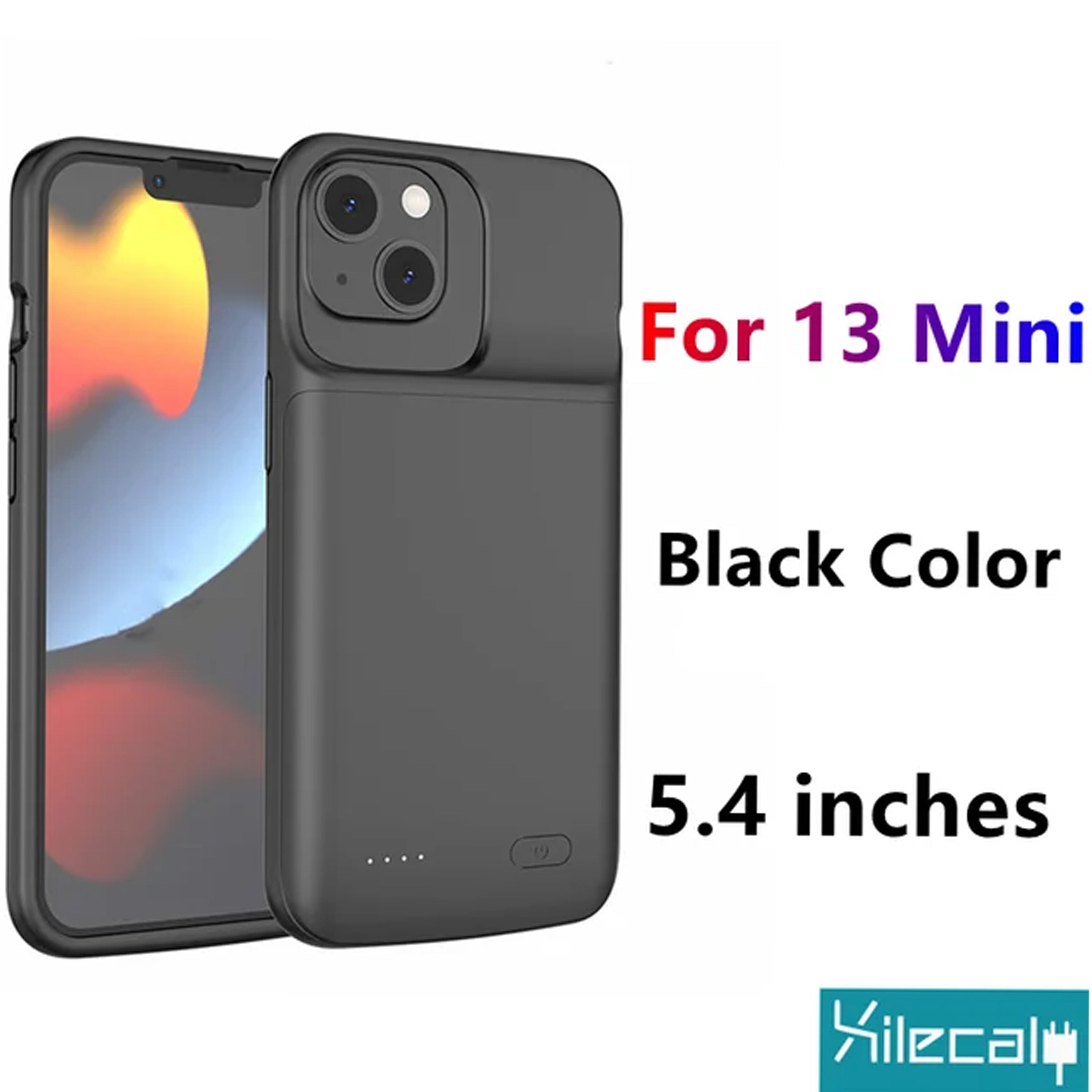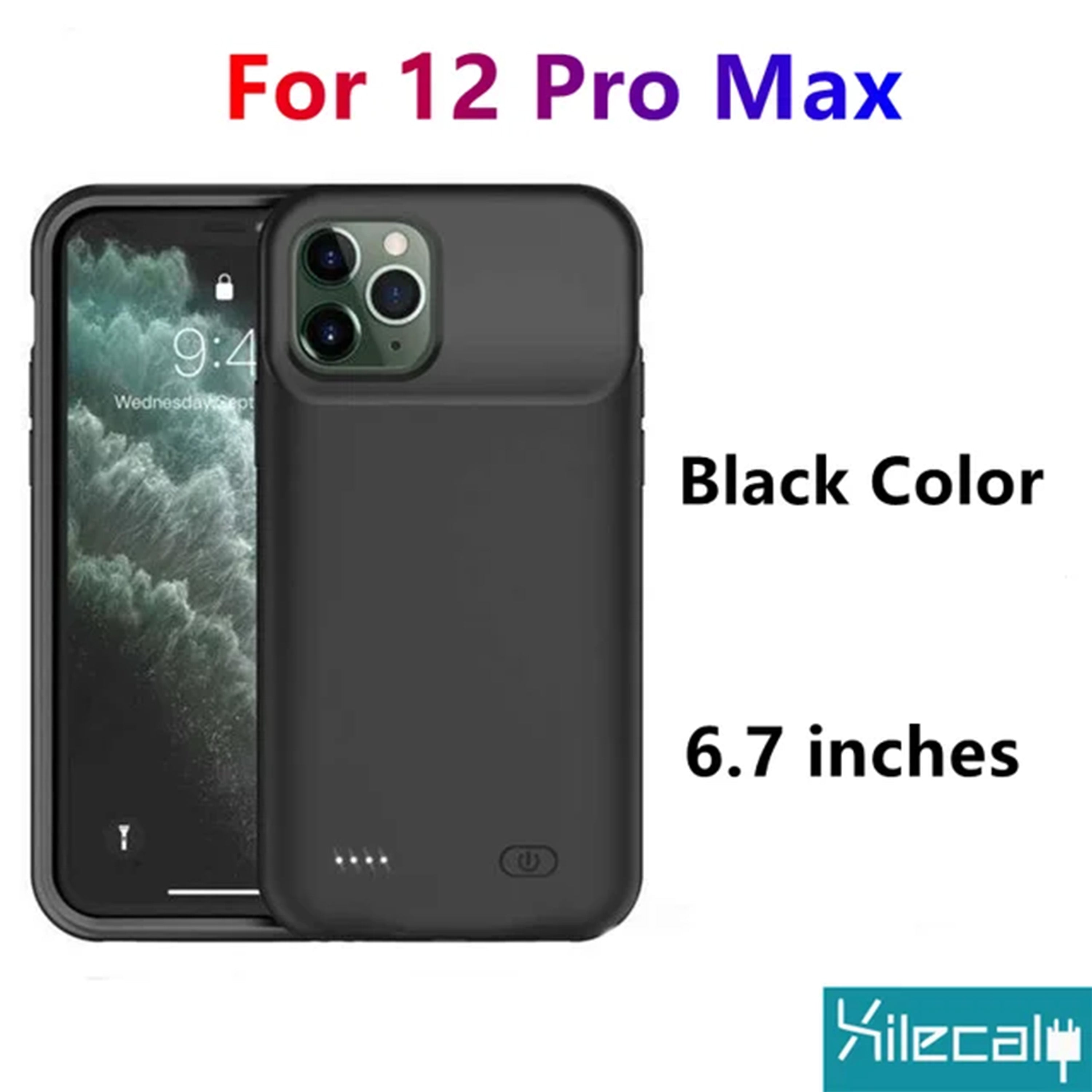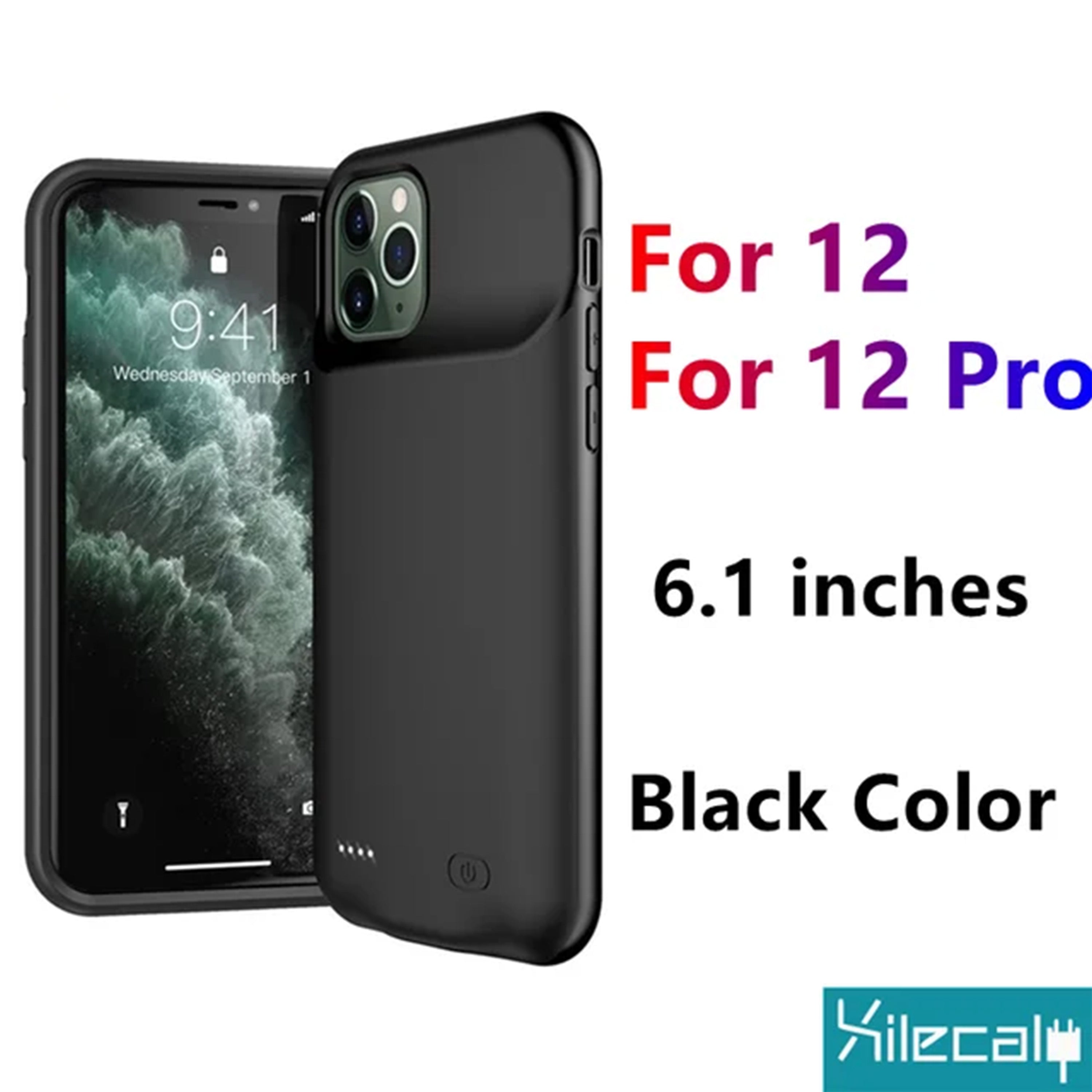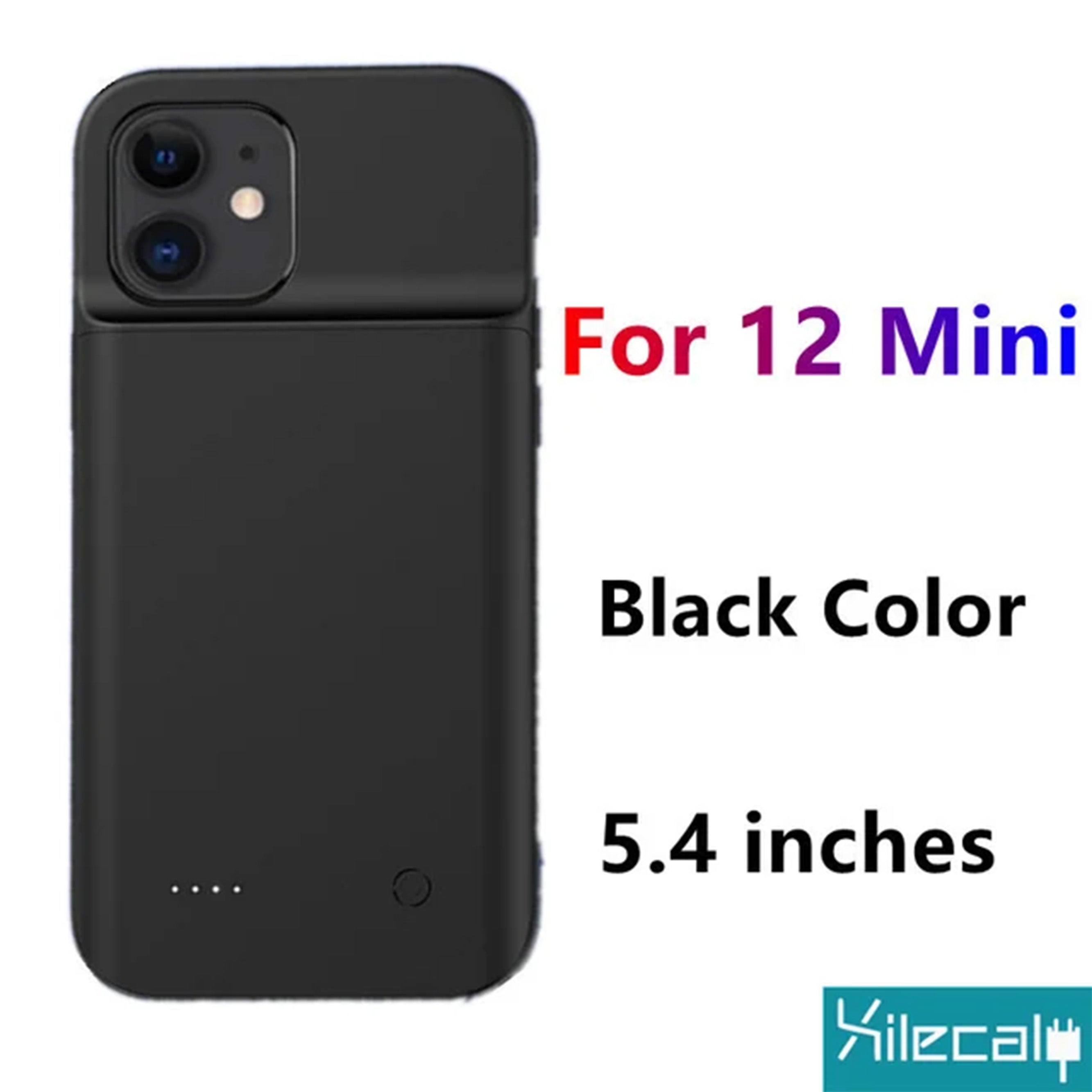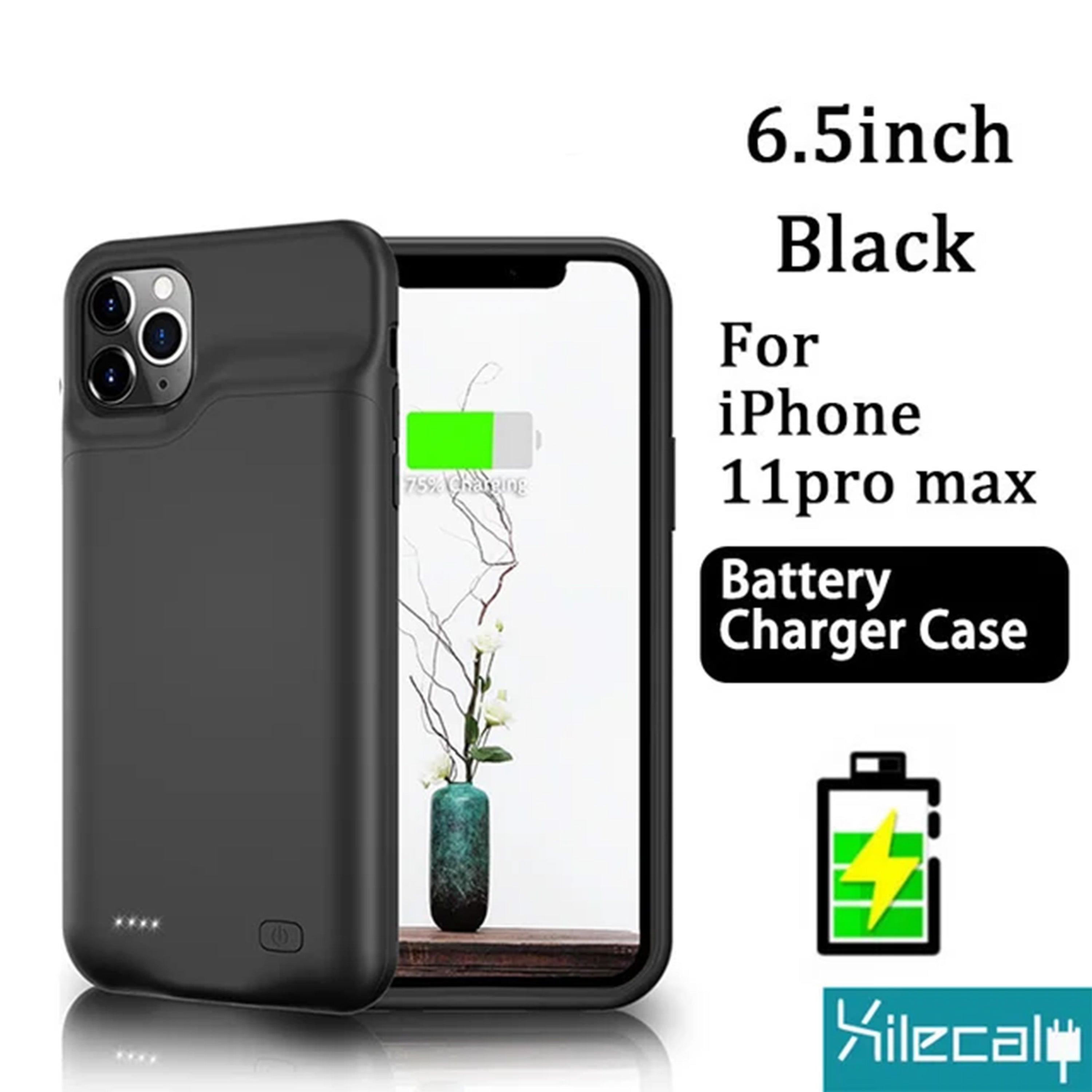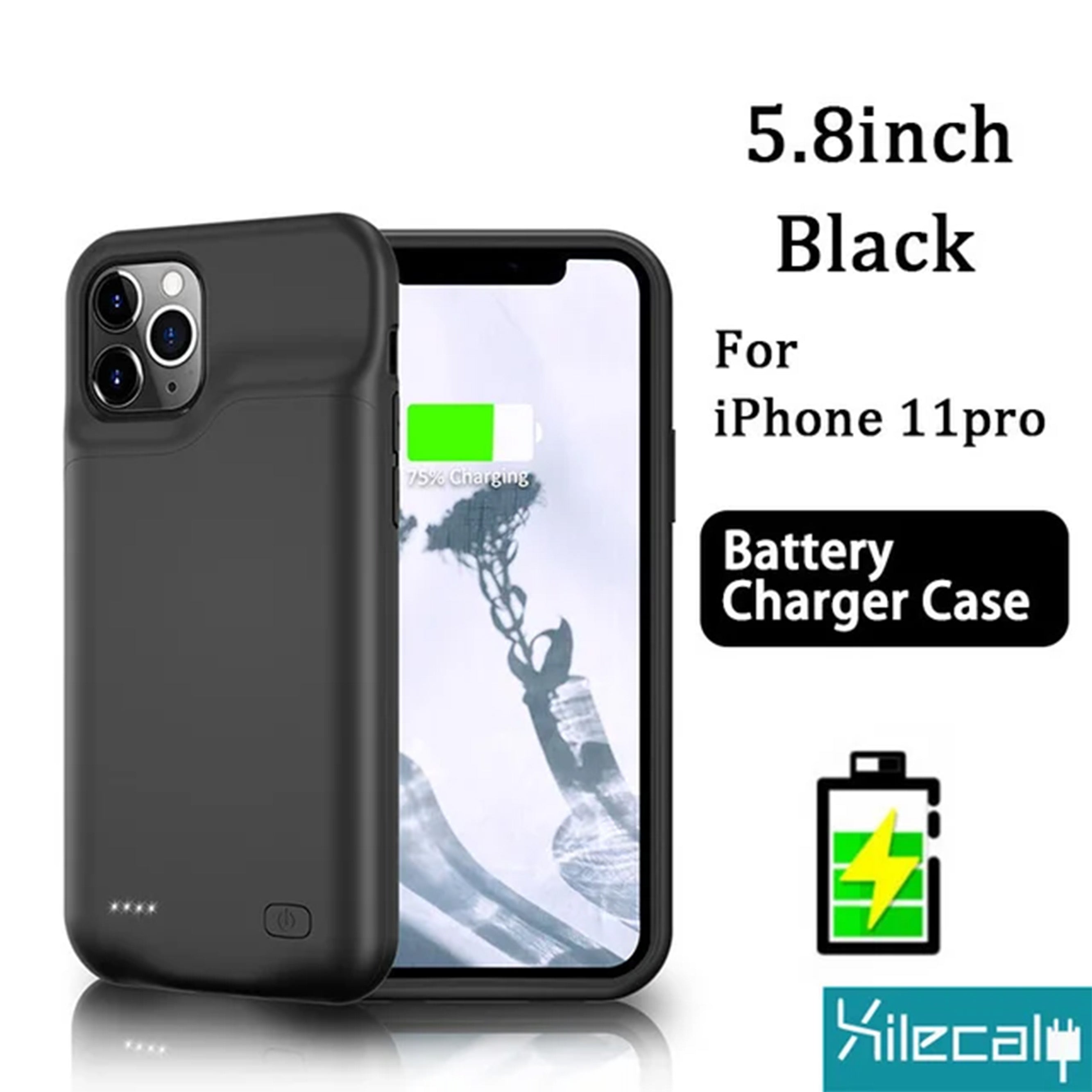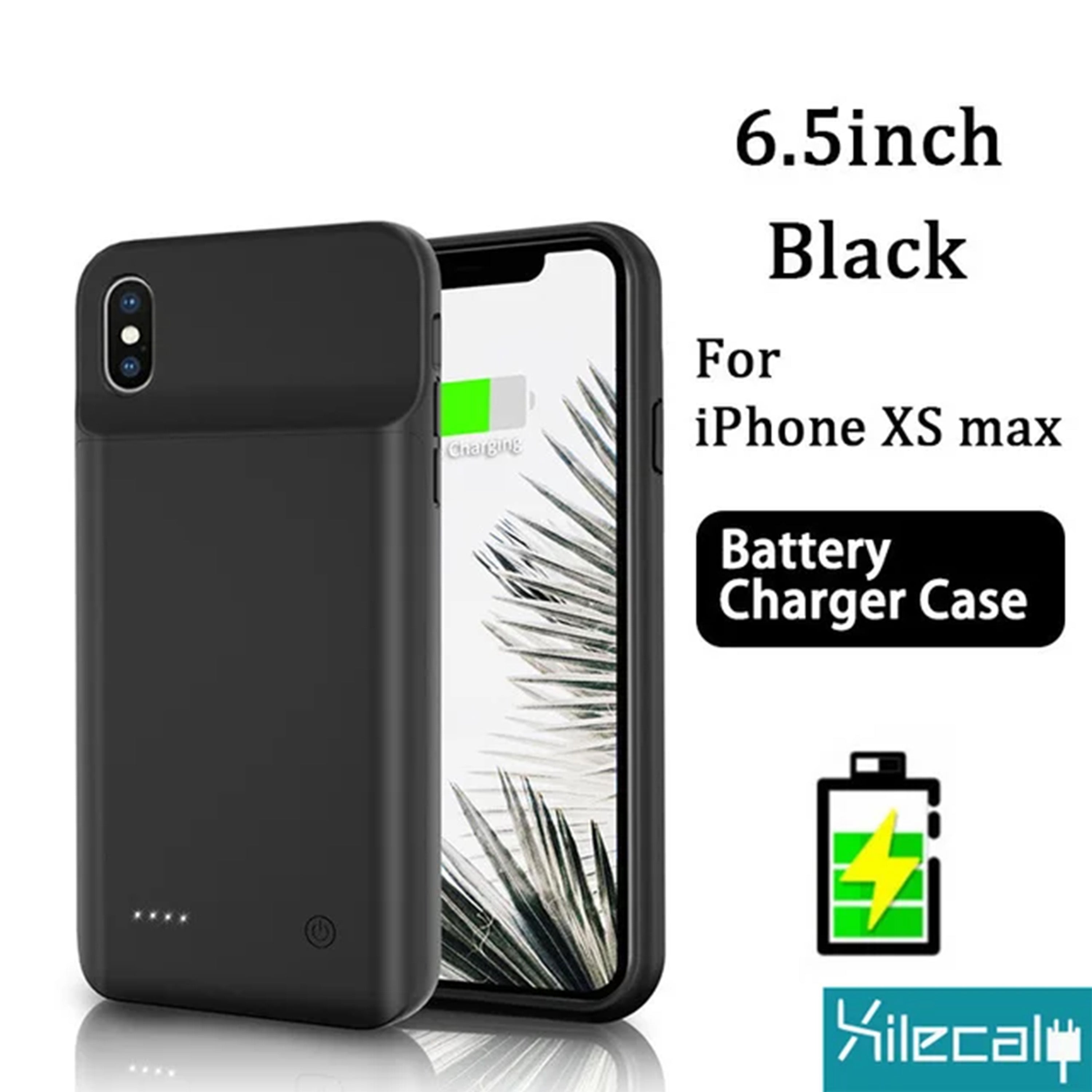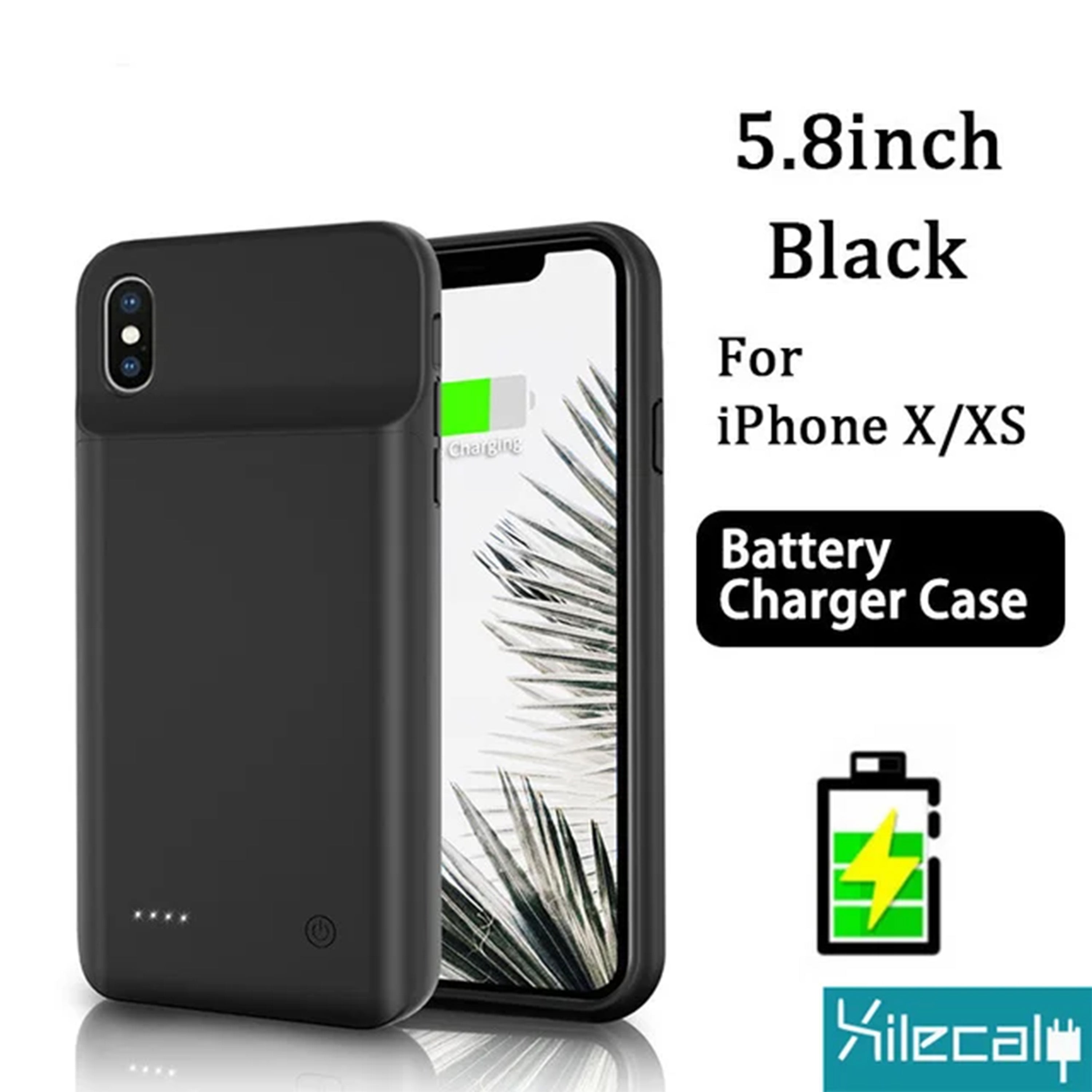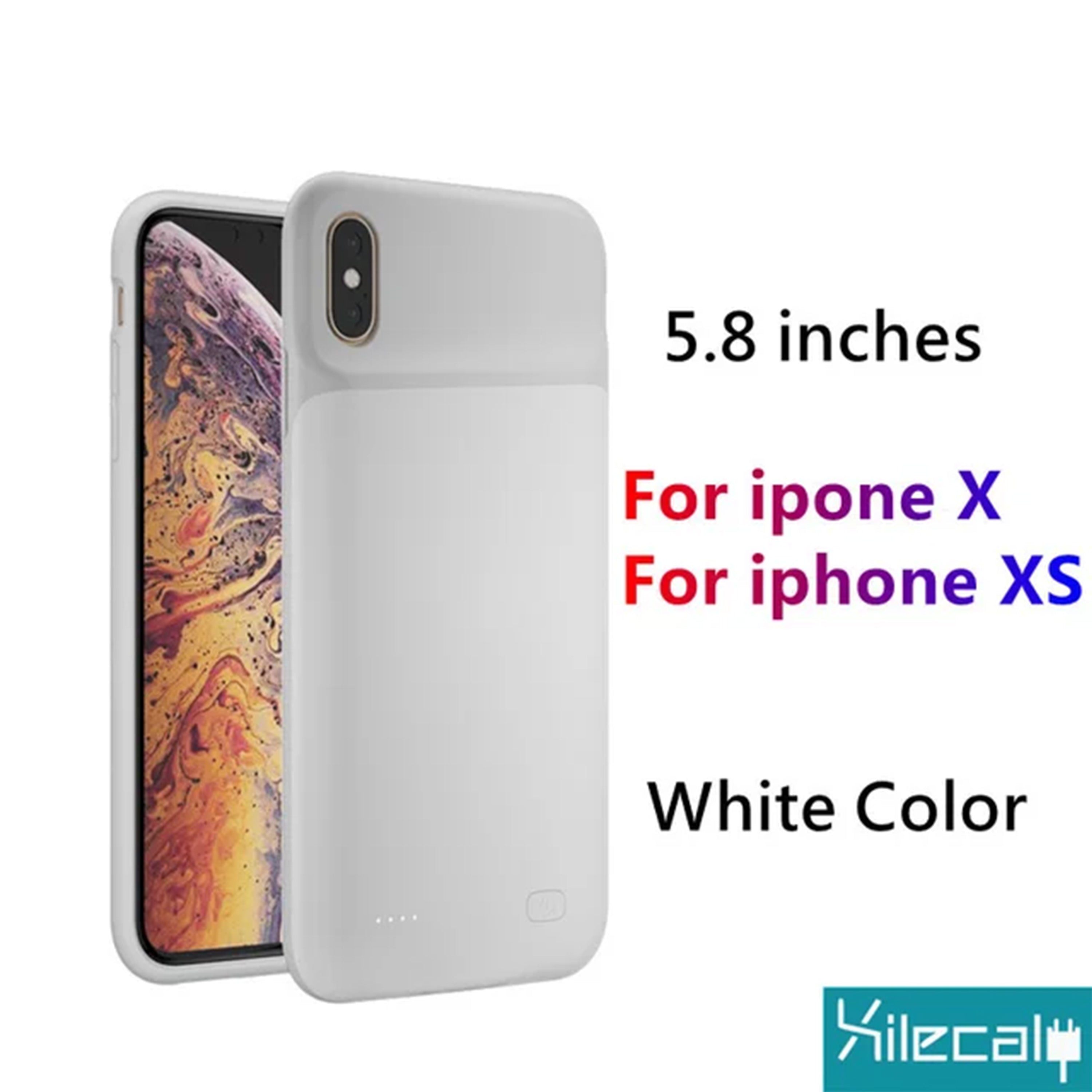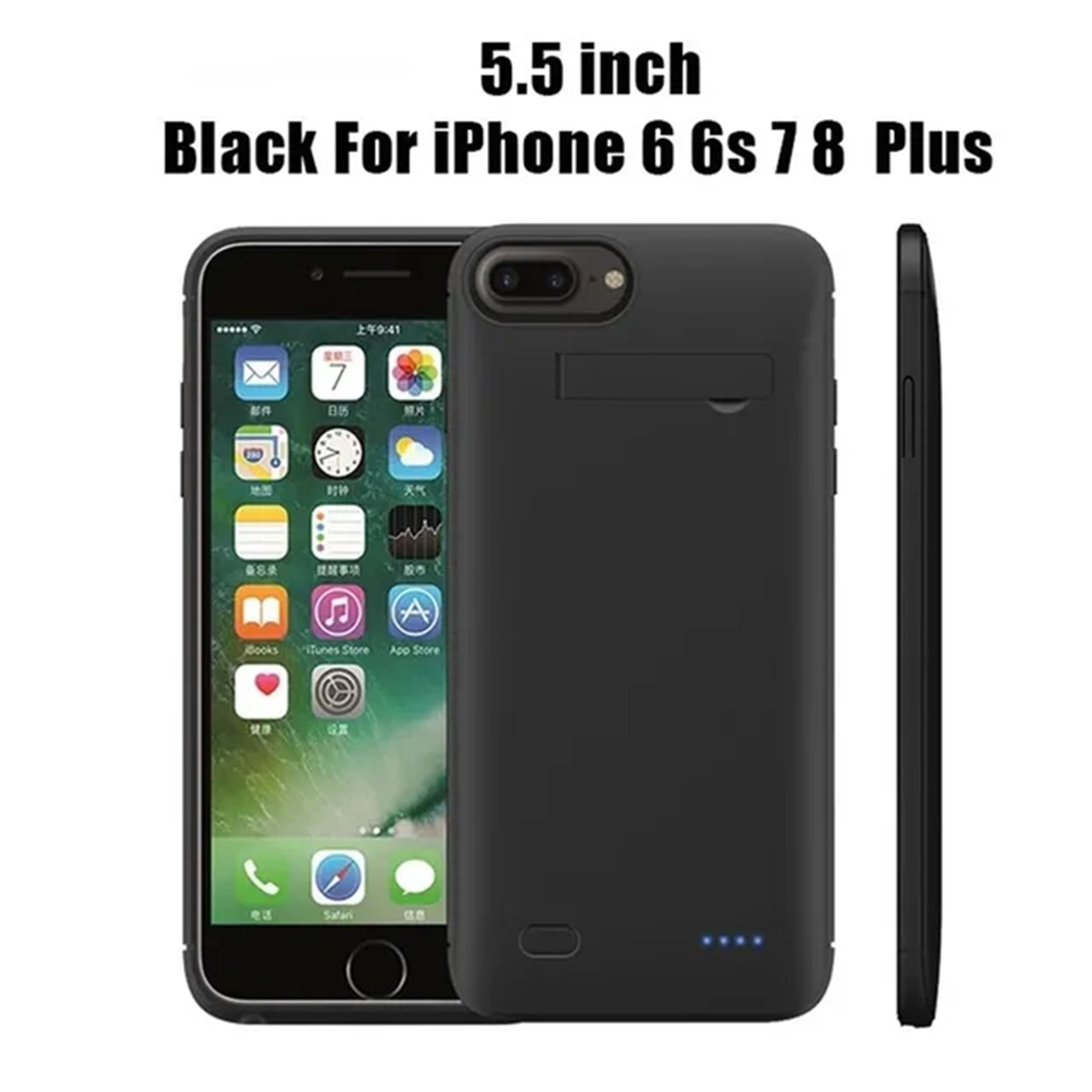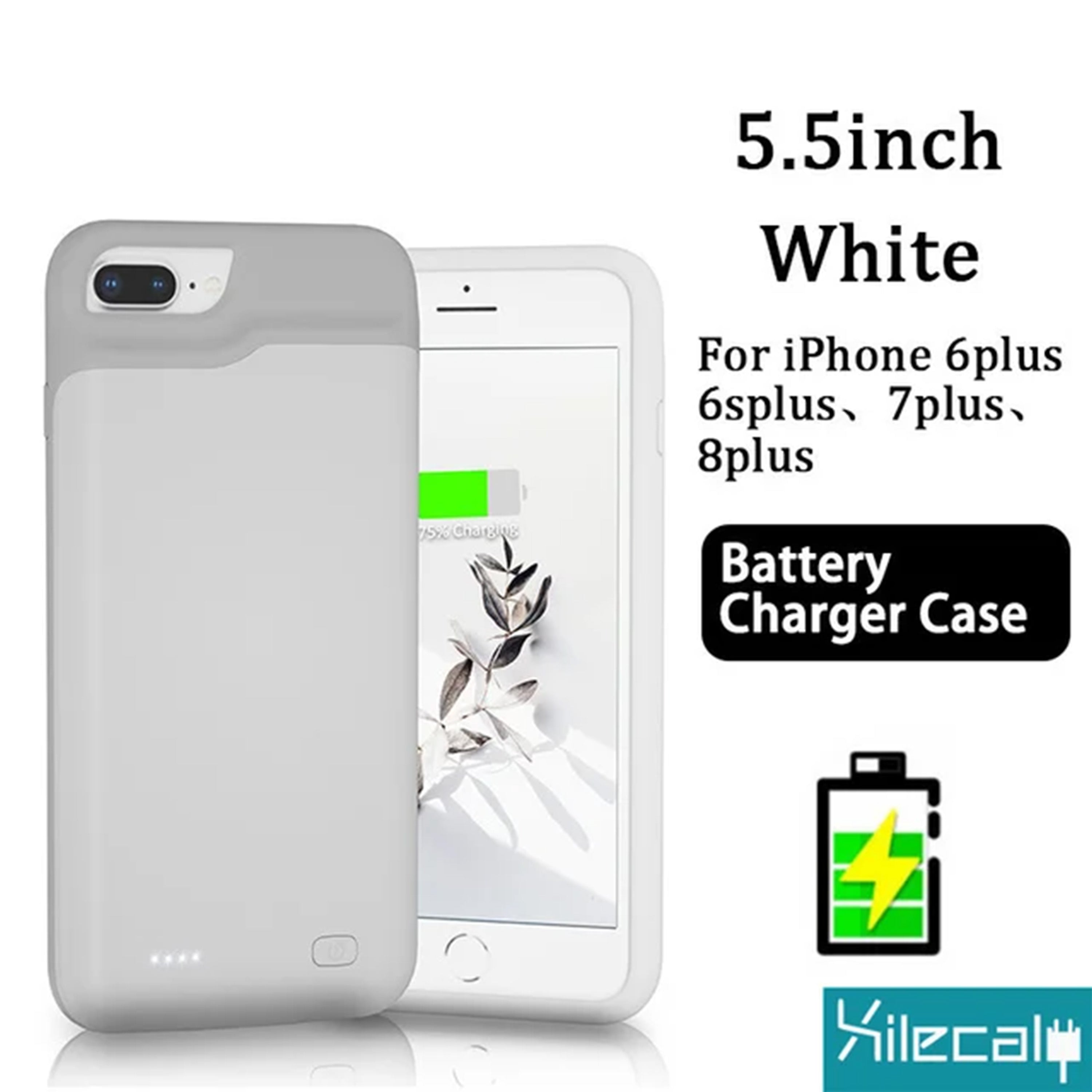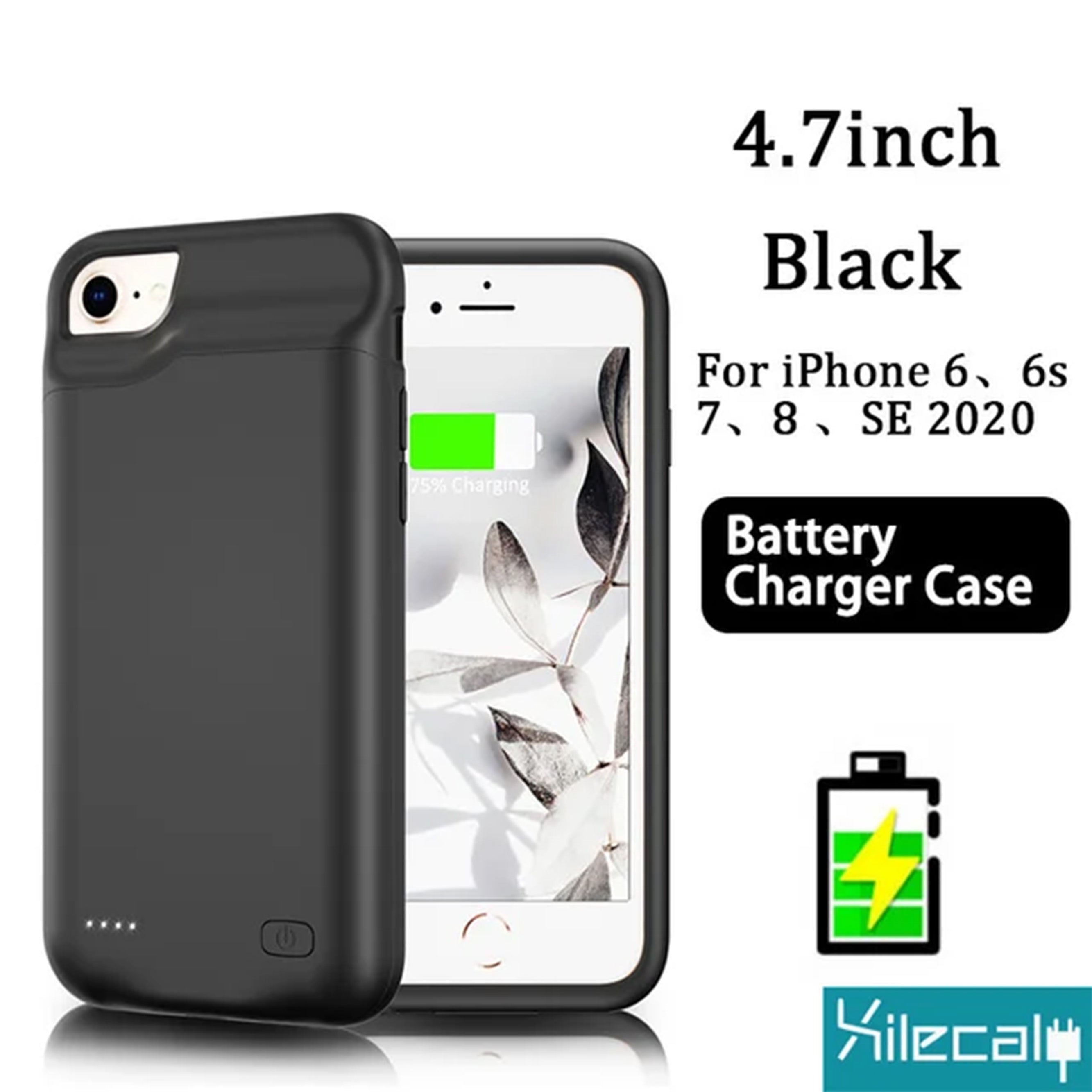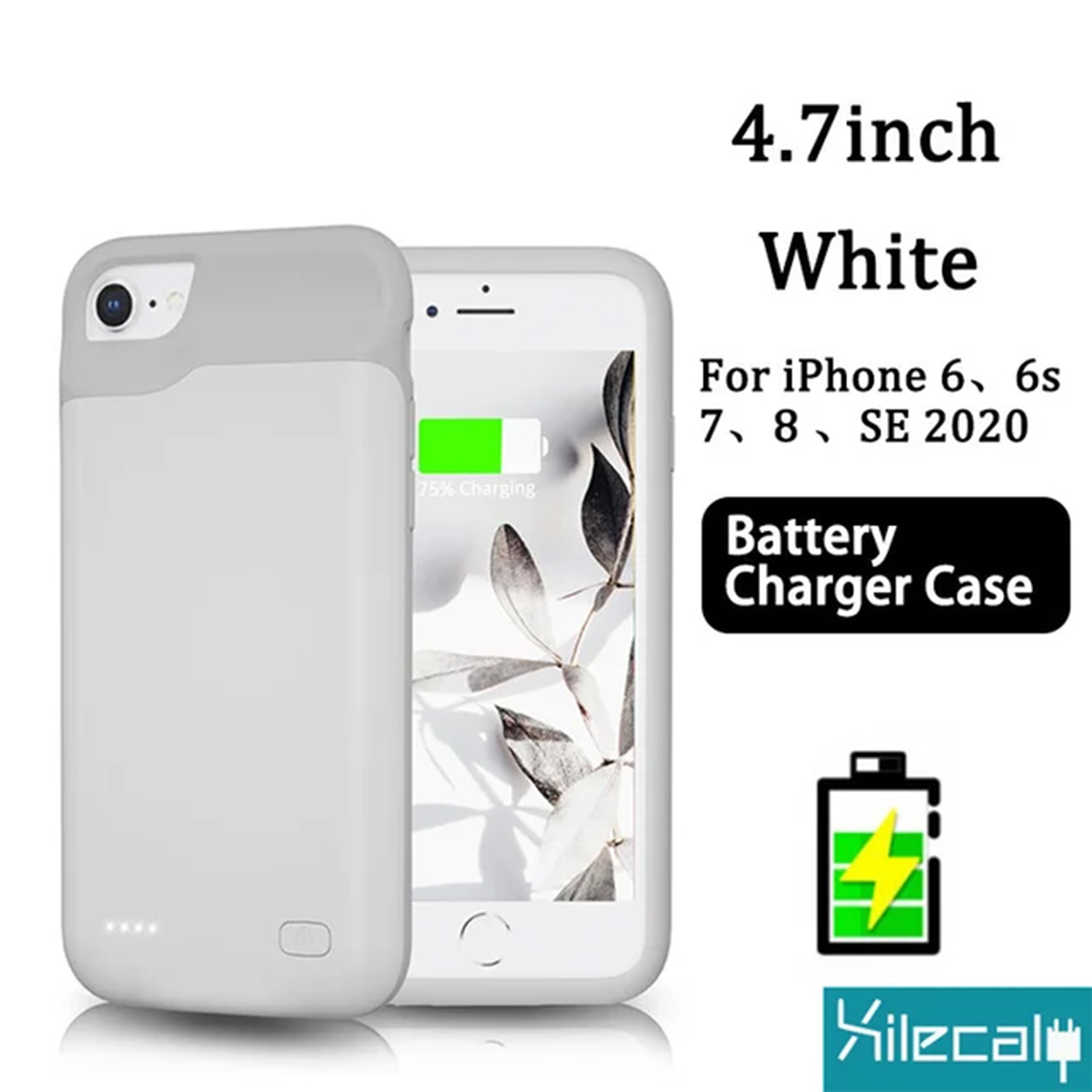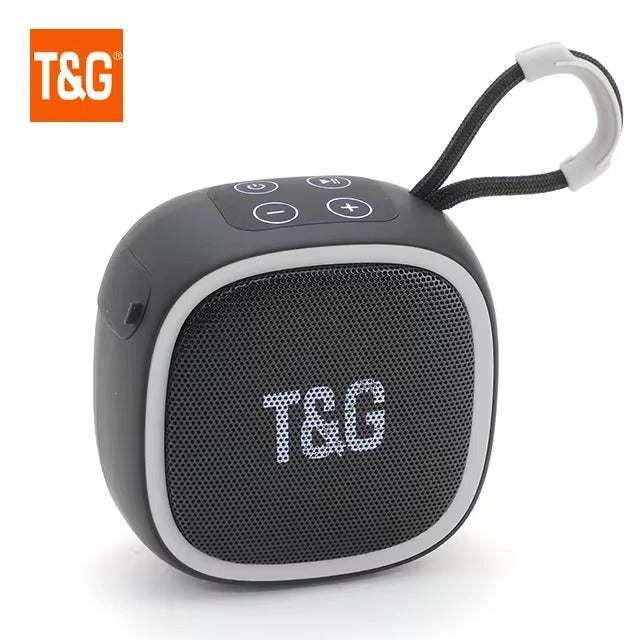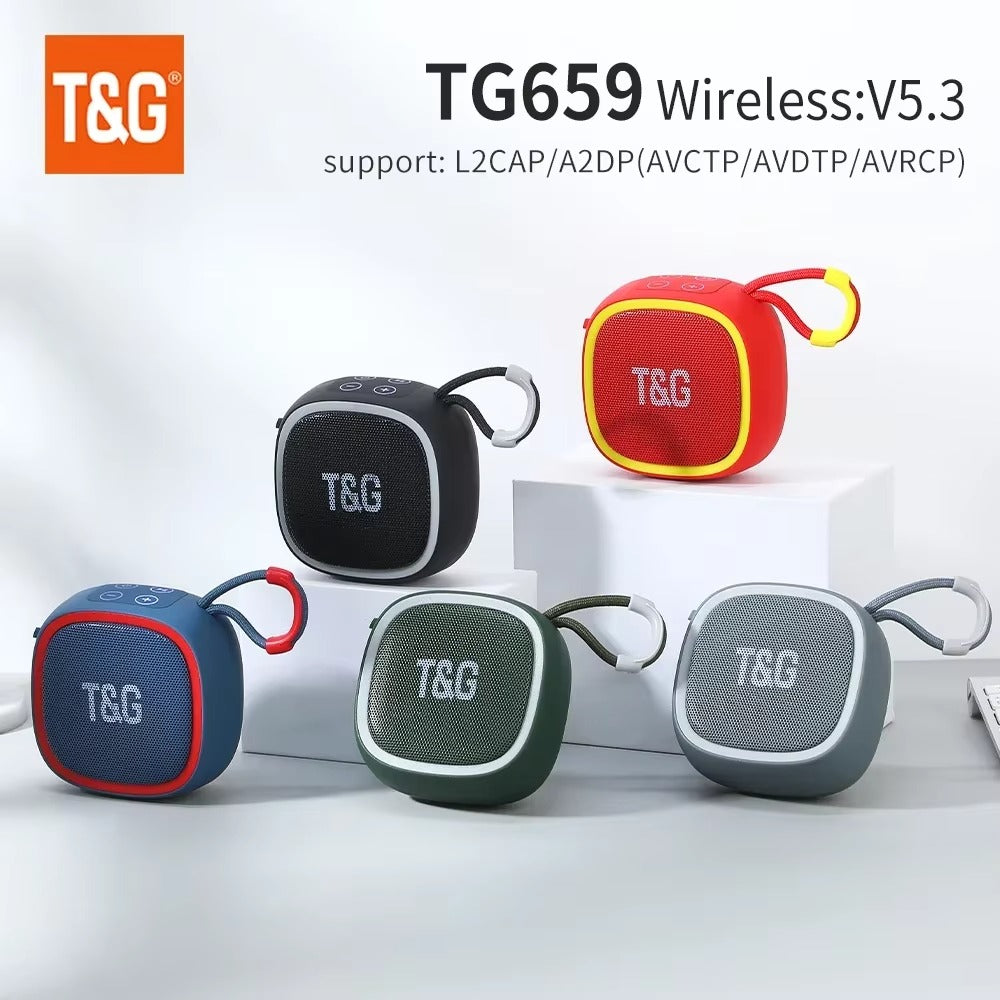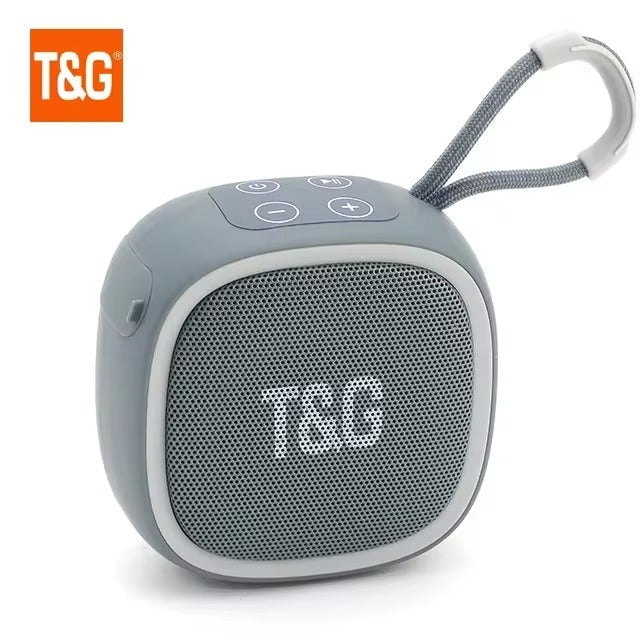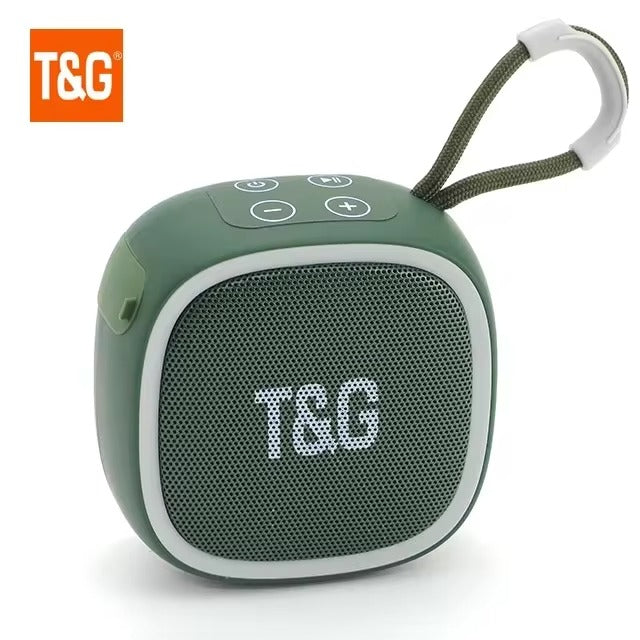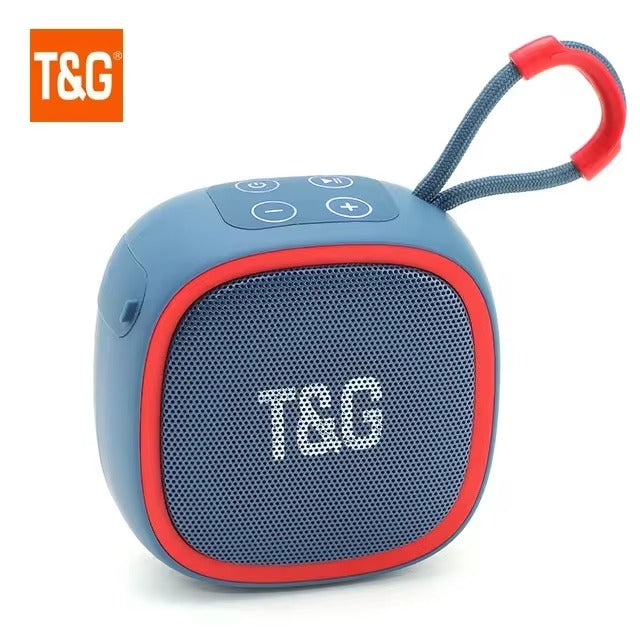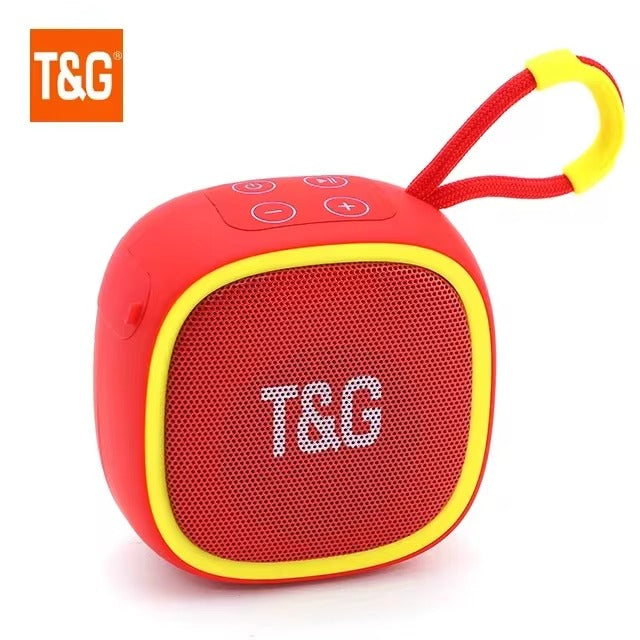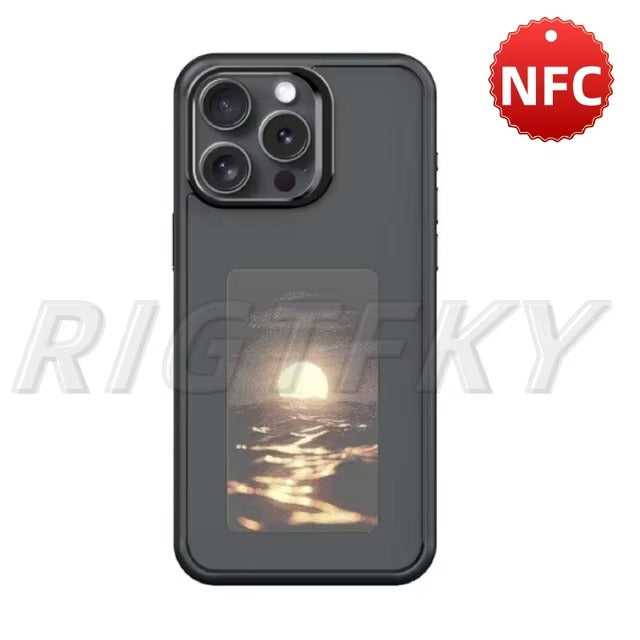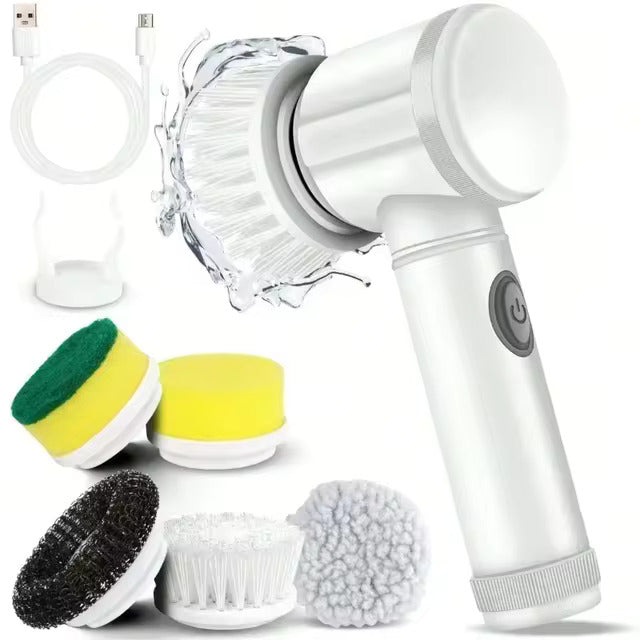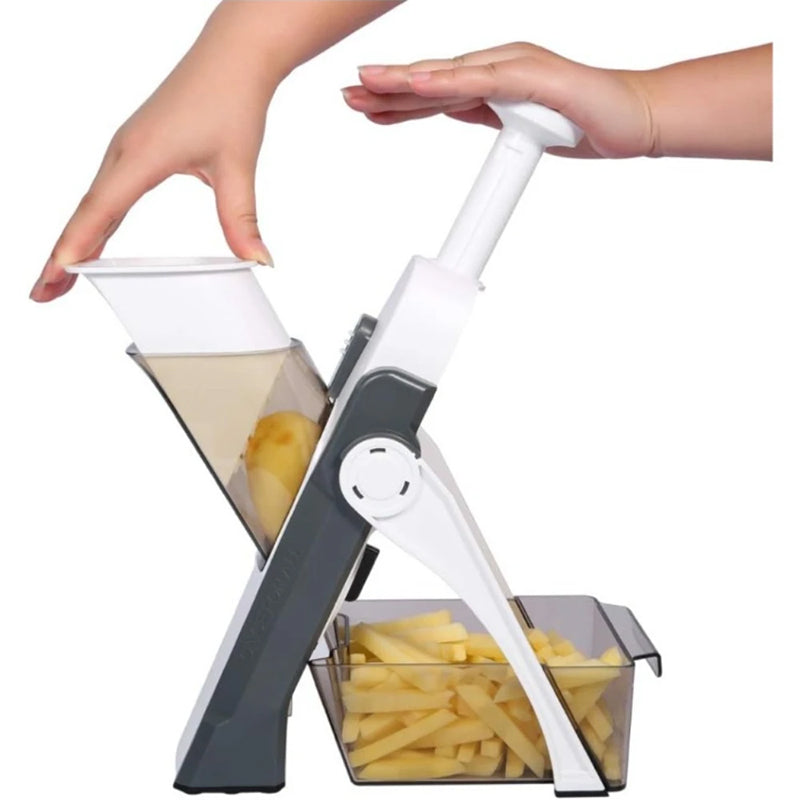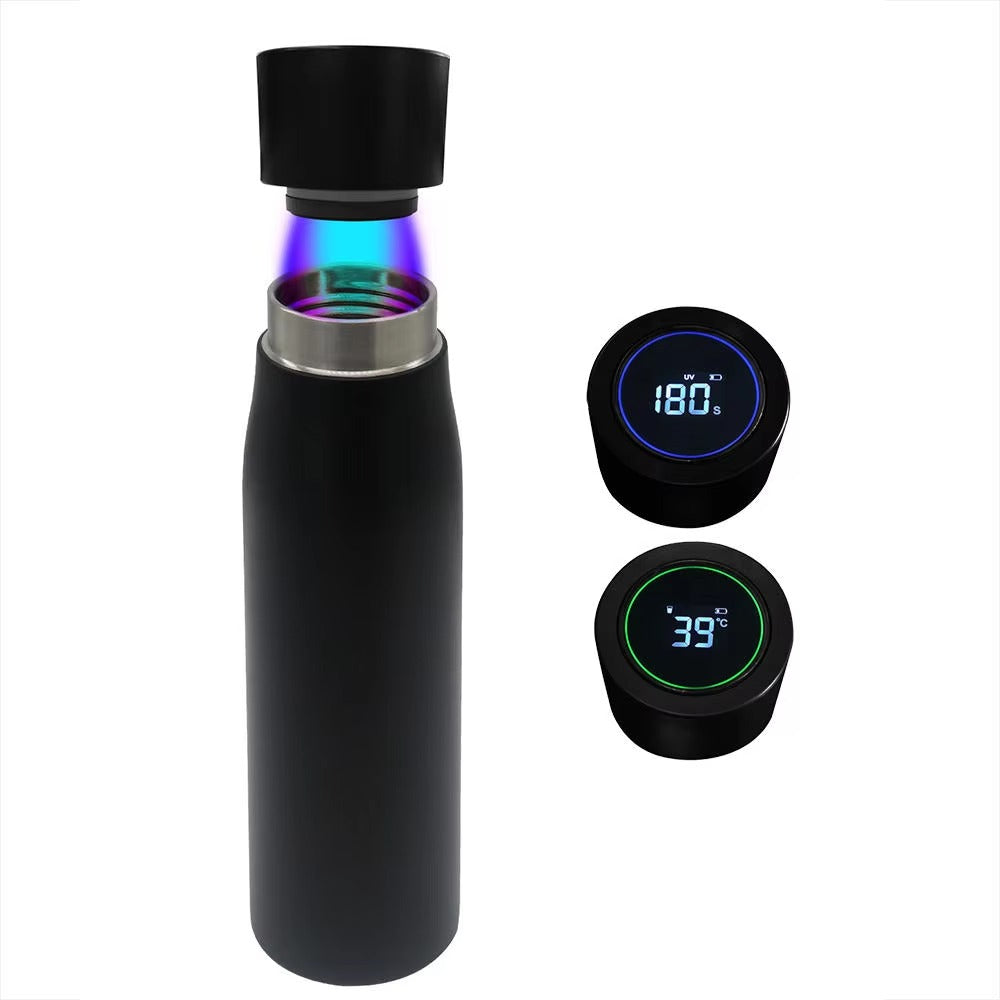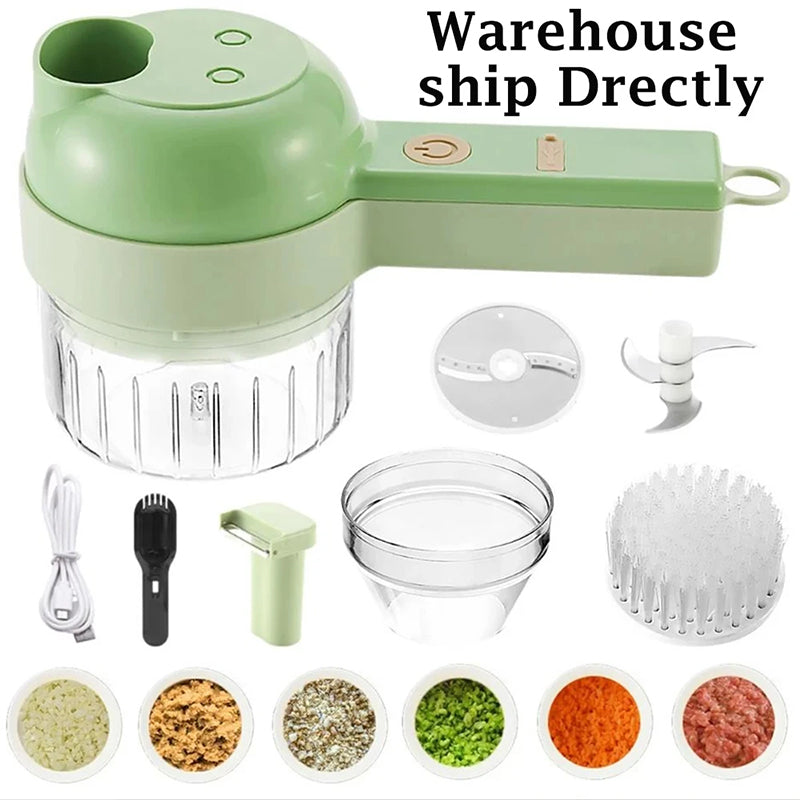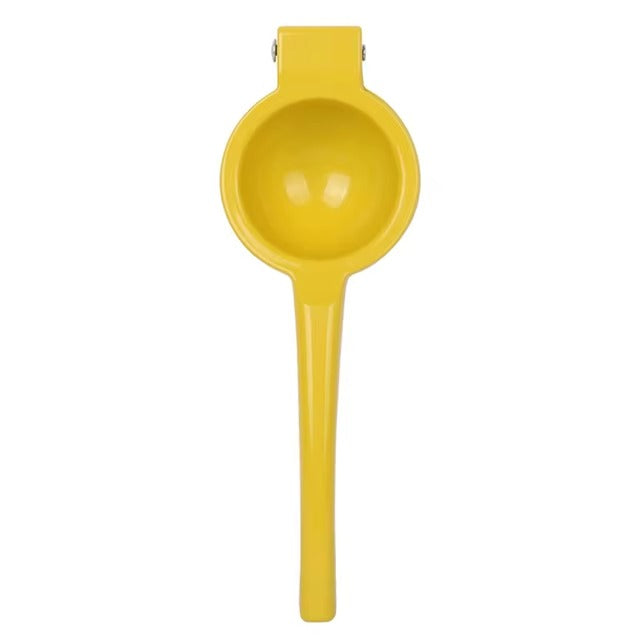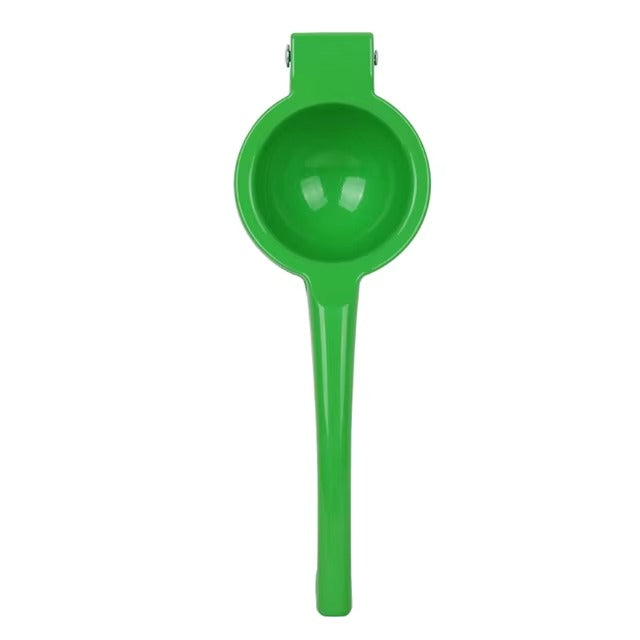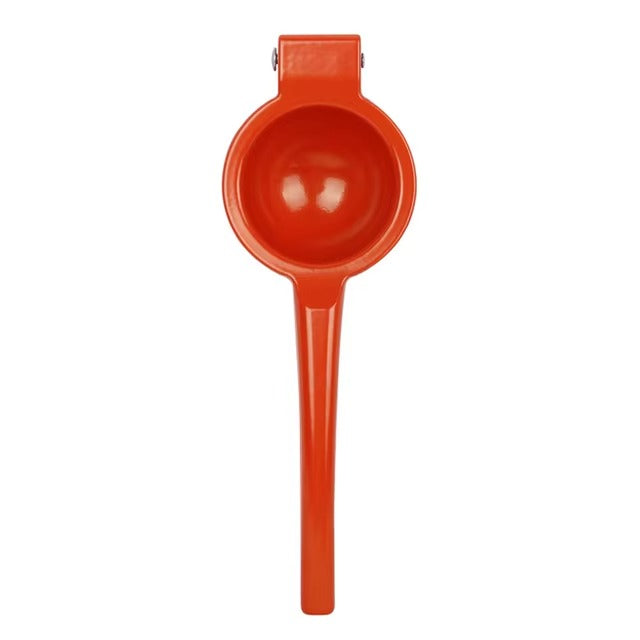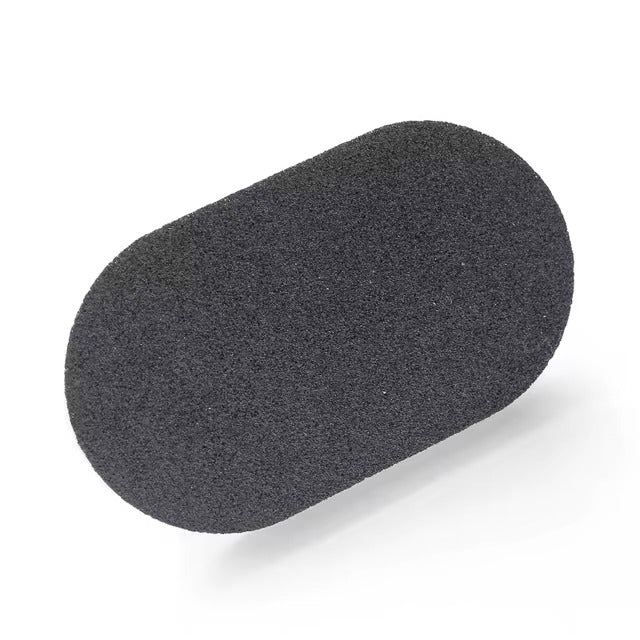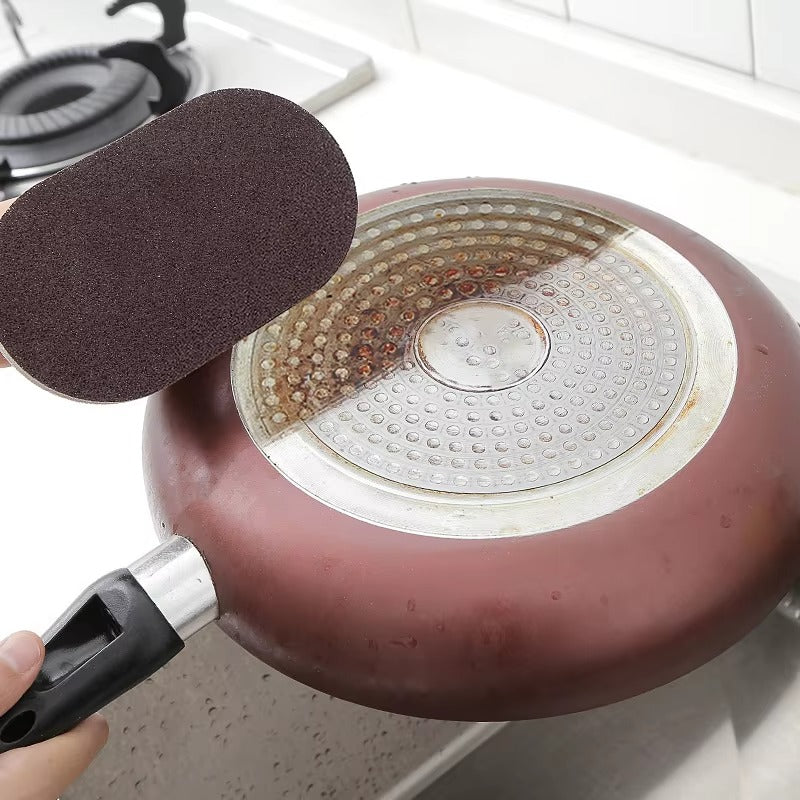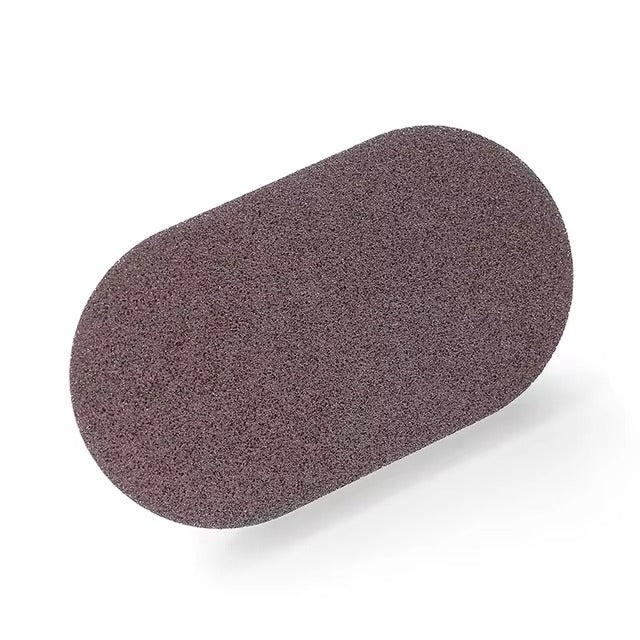When it comes to safeguarding your eyesight, the right lighting can make all the difference, especially in the darker hours of the day. Eye protection night lamps are designed not just to illuminate your space but to ensure that your eyes are shielded from strain and harmful light waves. This guide will walk you through the essential features and considerations to keep in mind when choosing the best eye protection lamp for your needs.
Understanding Eye Protection Lamps
What Are Eye Protection Lamps?
Eye protection lamps are specialized light sources that minimize eye strain by controlling brightness, reducing flicker, and filtering out blue light. Unlike standard lamps, these are engineered with features that help maintain long-term eye health, particularly when used during night-time reading or work sessions.
The Technology Behind Eye Protection Lamps
Eye protection lamps often come with features like flicker-free technology and blue light reduction. Flicker-free technology ensures the light is stable, without pulsing that can tire the eyes, while blue light filters limit exposure to light waves that can disrupt sleep patterns and cause eye fatigue.
Key Features to Consider
When shopping for an eye protection night lamp, several key features stand out as must-haves for optimal eye health and functionality:
Adjustable Brightness
The ability to adjust the brightness of your lamp is crucial. Look for lamps that offer a range of settings to accommodate different activities, such as reading, using a computer, or winding down before bed.
Color Temperature Options
Lamps with adjustable color temperature settings can be tailored to the time of day and your activities. Warm lights are beneficial before bedtime to help induce sleep, whereas cooler lights are ideal for concentration and focus.
Flicker-Free Technology and Blue Light Filtration
Choose lamps that are designed to be gentle on the eyes. Flicker-free models reduce the invisible flickering that can lead to eye strain, while those with blue light filtration are better for your sleep hygiene.
Evaluating the Design and Build
Lamp Design
Consider how the lamp’s design fits into your space. The style should complement your room without sacrificing functionality. Look for designs that are not only stylish but also practical, with features like a swivel arm or rotating head for better light positioning.
Build Quality
Invest in a lamp made from high-quality, durable materials to ensure longevity. Check user reviews and manufacturer details for insights into how well the lamp stands up to regular use.
Size and Placement
The size of the lamp should be appropriate for the space where you'll use it most often. Also, consider how easily you can move and adjust the lamp to direct light exactly where you need it.
Additional Features and Functionality
Timer Settings
For those who tend to fall asleep while reading, a lamp with a timer can be invaluable. It ensures the lamp will turn off at a set time, conserving energy and preventing any disturbances while you sleep.
USB Ports/Charging Options
Some modern lamps offer USB ports for charging devices, adding an extra layer of convenience, especially on bedside tables or desks.
Adjustable Angles
A lamp that can be adjusted easily allows you to direct light exactly where it’s needed without moving the whole unit, which is particularly useful in shared spaces or during late-night projects.
Safety and Certification
Always check for safety certifications, which confirm that the lamp meets strict standards for light quality and safety. Look for certifications from recognized industry bodies as a sign of a high-quality, safe product.
Price vs. Quality
While budget is always a consideration, it's important to balance cost with quality, especially when it comes to something as crucial as lighting for eye protection. Higher-priced lamps often offer better eye protection and durability.
Top Picks and Recommendations
To help you start your search, here are a few highly recommended eye protection lamps known for their quality and effectiveness:
- Model X: Best for its wide color temperature range and sleek design.
- Model Y: Noted for its budget-friendly price and robust build.
- Model Z: Popular for its advanced blue light filtering technology.
Conclusion
Choosing the right eye protection night lamp involves understanding the technology, considering your specific needs, and not compromising on quality. By focusing on lamps designed to reduce eye strain, you can protect your vision effectively, even during prolonged periods of use.
FAQ Section
What is the best light for your eyes at night?
The best light for your eyes at night is one that mimics the warm glow of sunset. Opt for lamps with adjustable color temperatures and choose a warm, yellowish hue for nighttime use. This type of light minimizes blue light exposure, which can disrupt sleep patterns and cause eye strain. Look for lamps that also feature dimmable settings to further reduce brightness and create a comfortable, soothing environment.
Is a night lamp good for the eyes?
Yes, a night lamp can be good for the eyes, especially if it's specifically designed for eye protection. Night lamps that feature blue light filters, adjustable brightness, and flicker-free technology can help minimize eye strain and provide a more comfortable light for reading or relaxing before bed. Ensure the lamp is placed correctly to avoid glare and provide adequate, focused lighting where needed.
What is the best lighting to avoid eye strain?
The best lighting to avoid eye strain is natural light, but when that’s not available, artificial lighting that closely replicates natural light is preferable. Opt for lighting solutions that offer adjustable brightness and color temperature settings. Ensure your environment is well-lit, but avoid overly bright and direct lighting that can cause glares. Lighting that is too dim can also strain your eyes, so finding a balanced light level is key.
Do LED lights reduce eye strain?
LED lights can reduce eye strain if they are properly engineered with eye comfort in mind. Look for LED lights that are labeled as flicker-free and that include blue light filters. These features help minimize the harsh effects of typical LED lighting. Additionally, choosing LEDs with adjustable brightness and color temperature can make them more adaptable to different environments and needs, further reducing the risk of eye strain.
